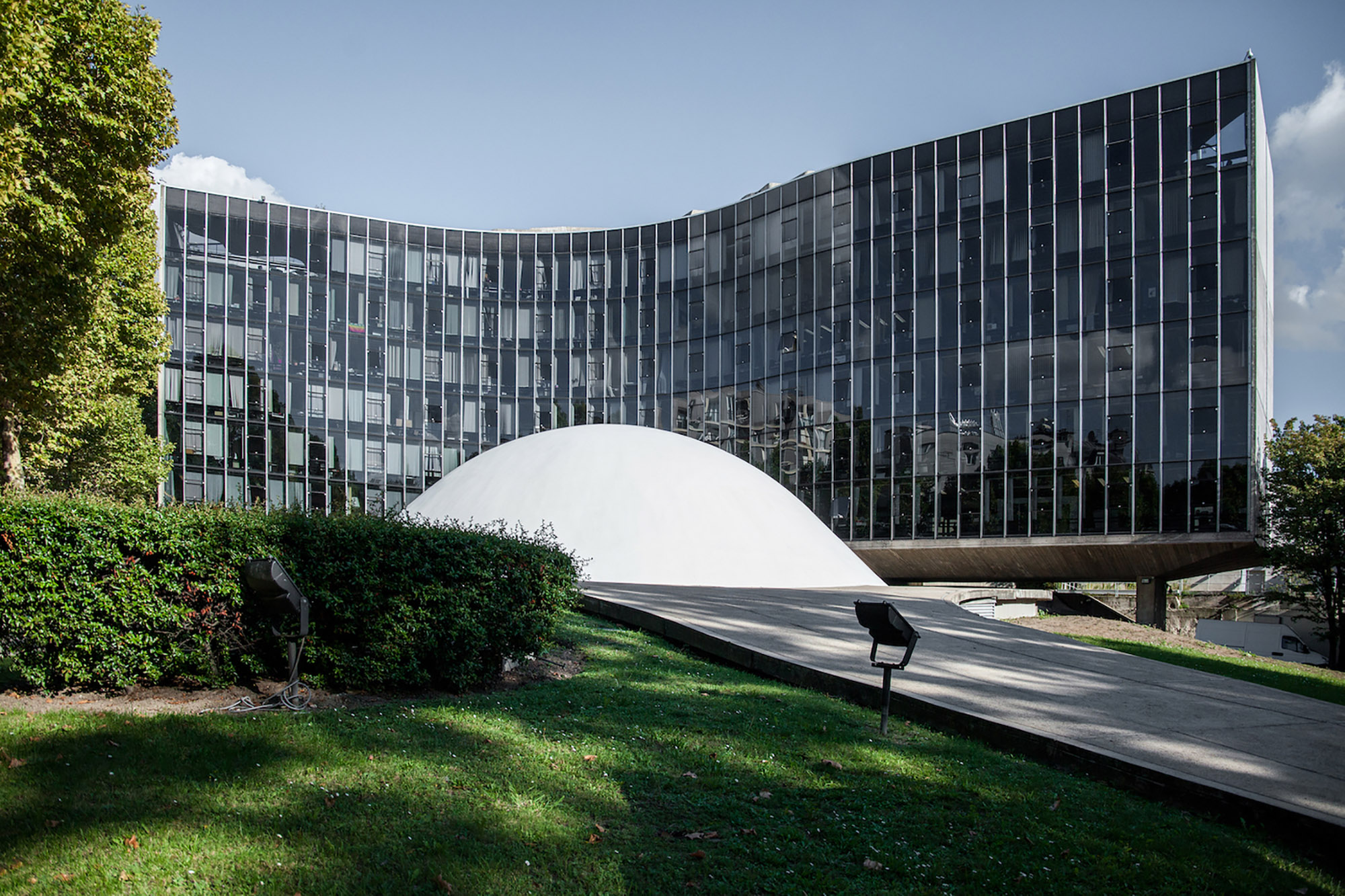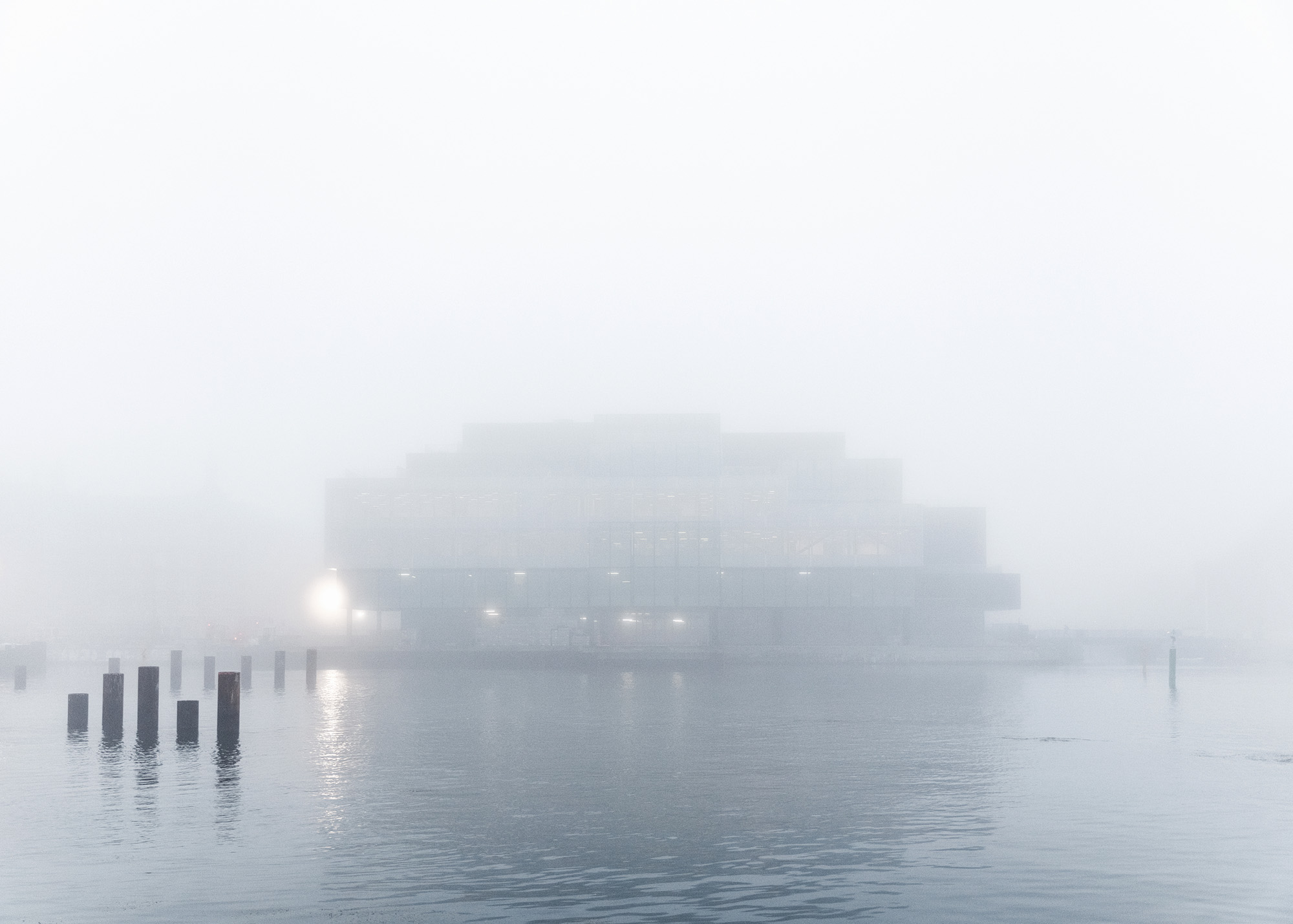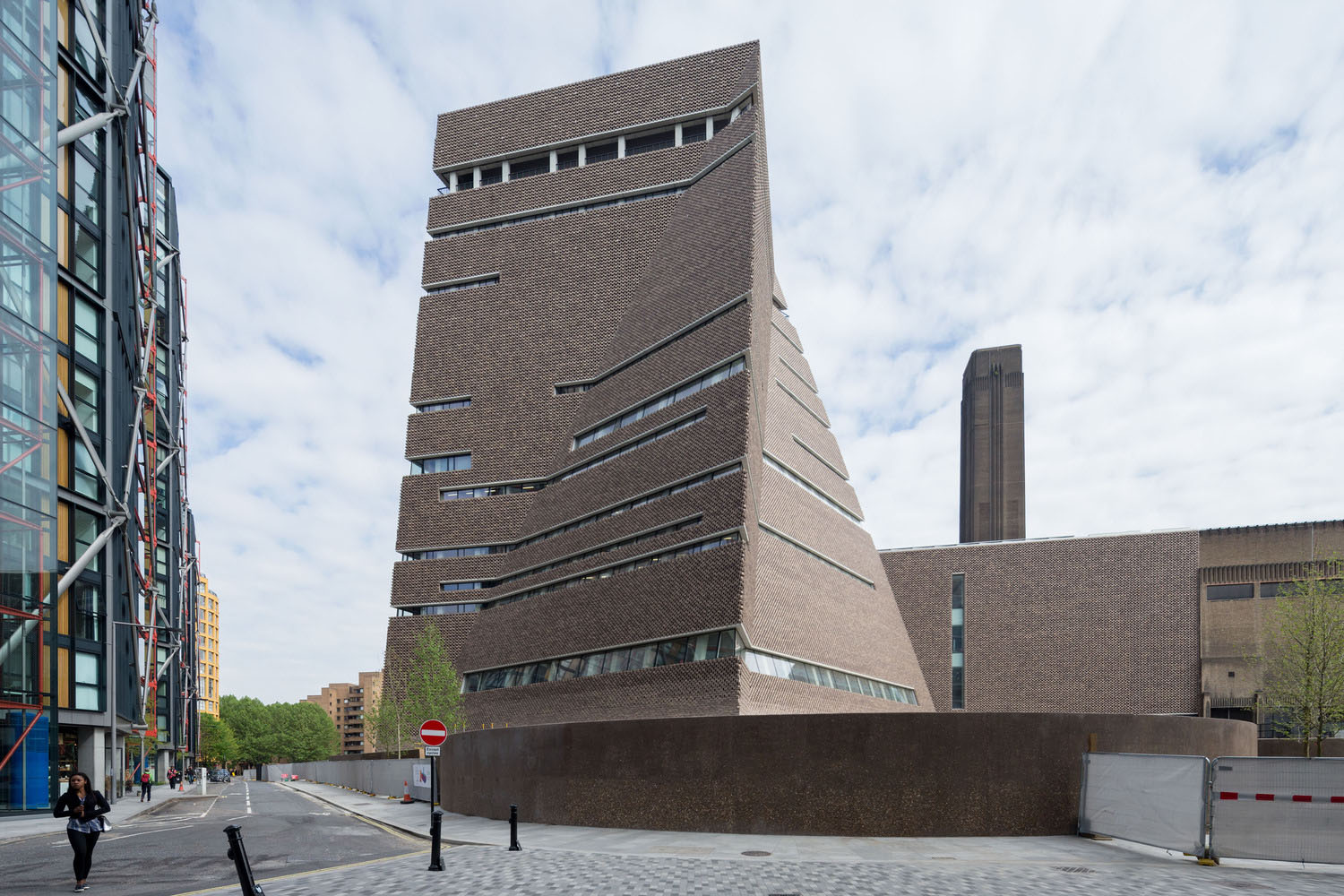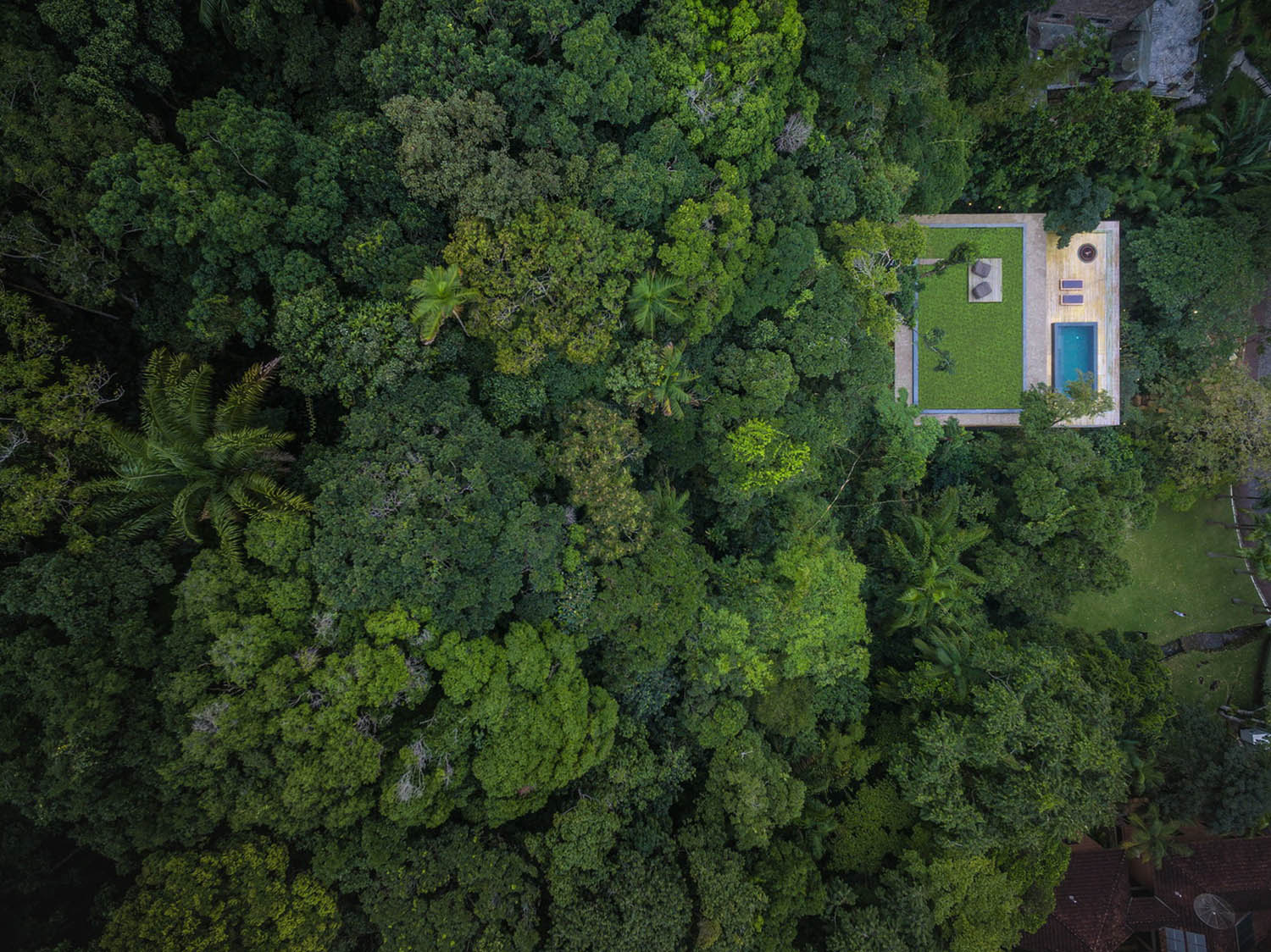Chengdu Natural History Museum design by Pelli Clarke & Partners, CSWADI #architecture
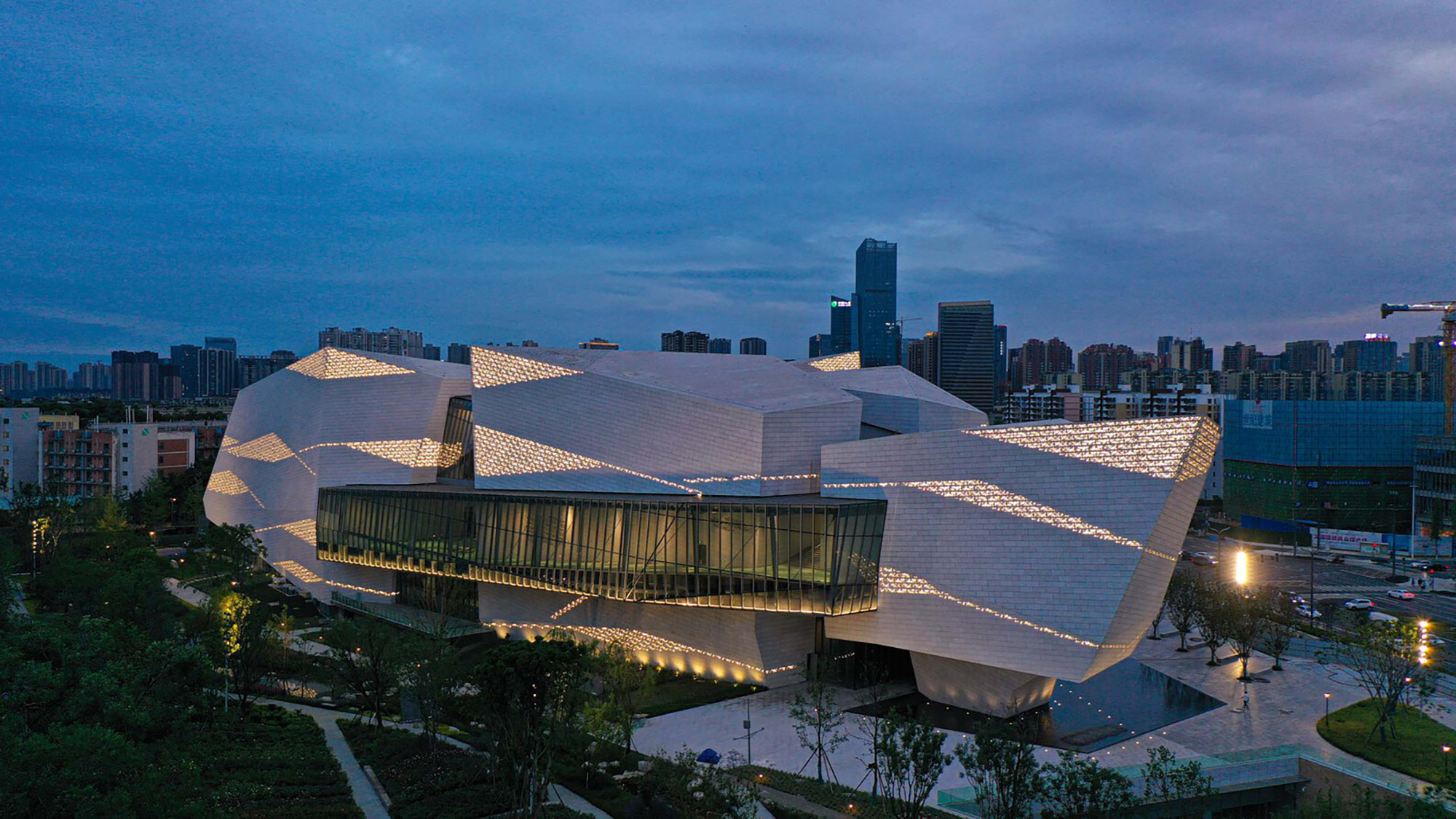
© Pelli Clarke & Partners, CSWADI
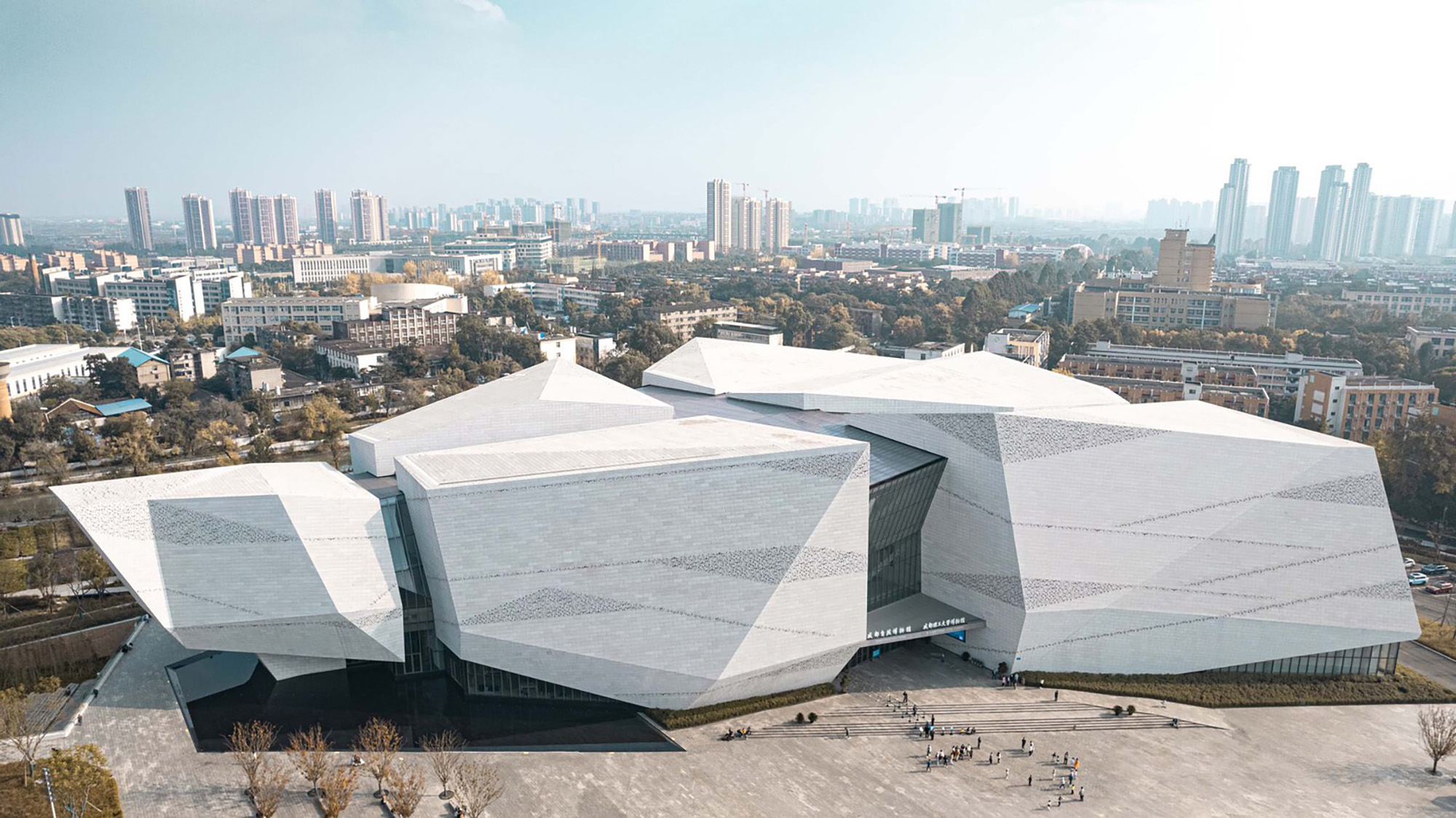
© Pelli Clarke & Partners, CSWADI
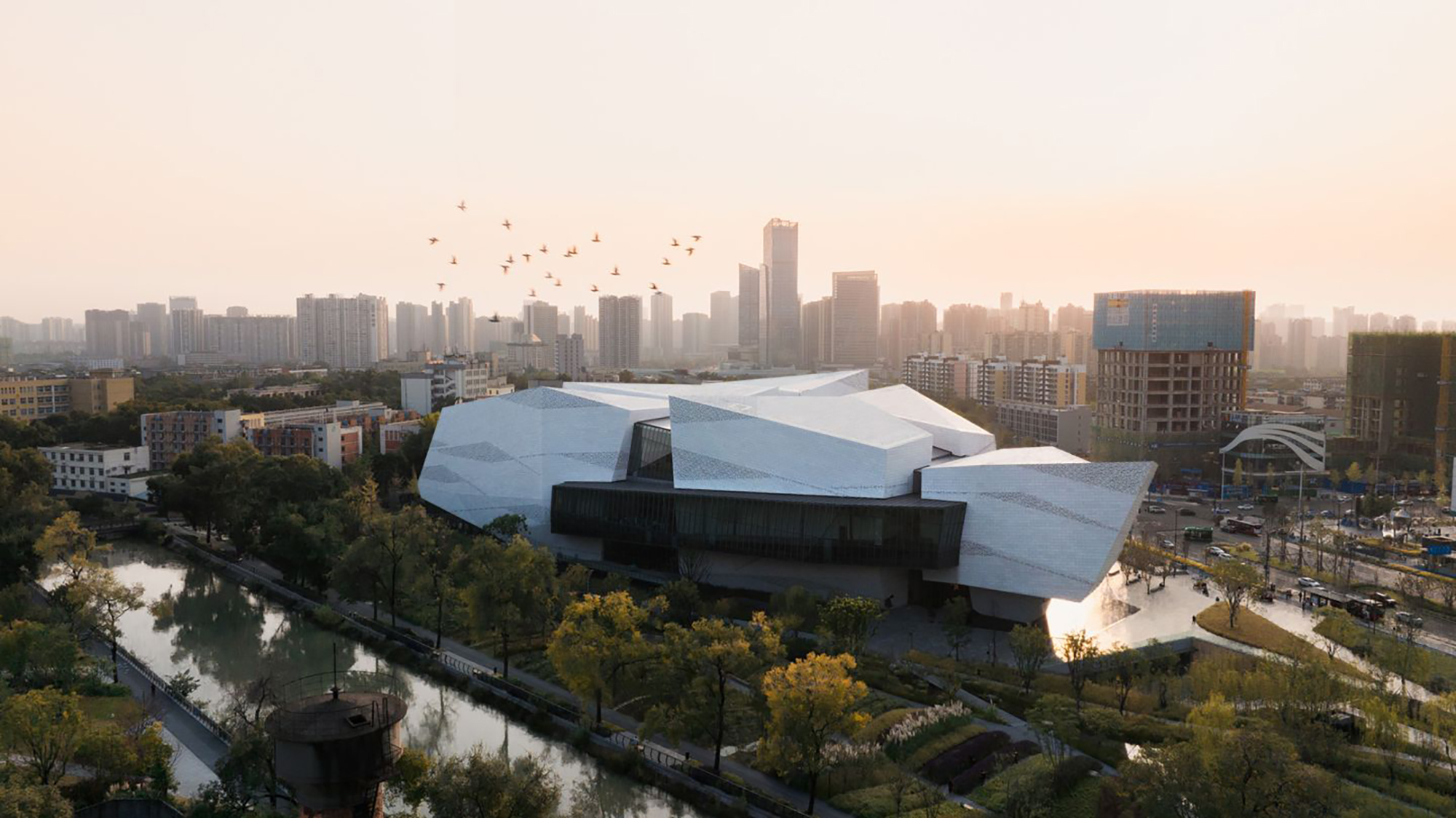 © Pelli Clarke & Partners, CSWADI
© Pelli Clarke & Partners, CSWADI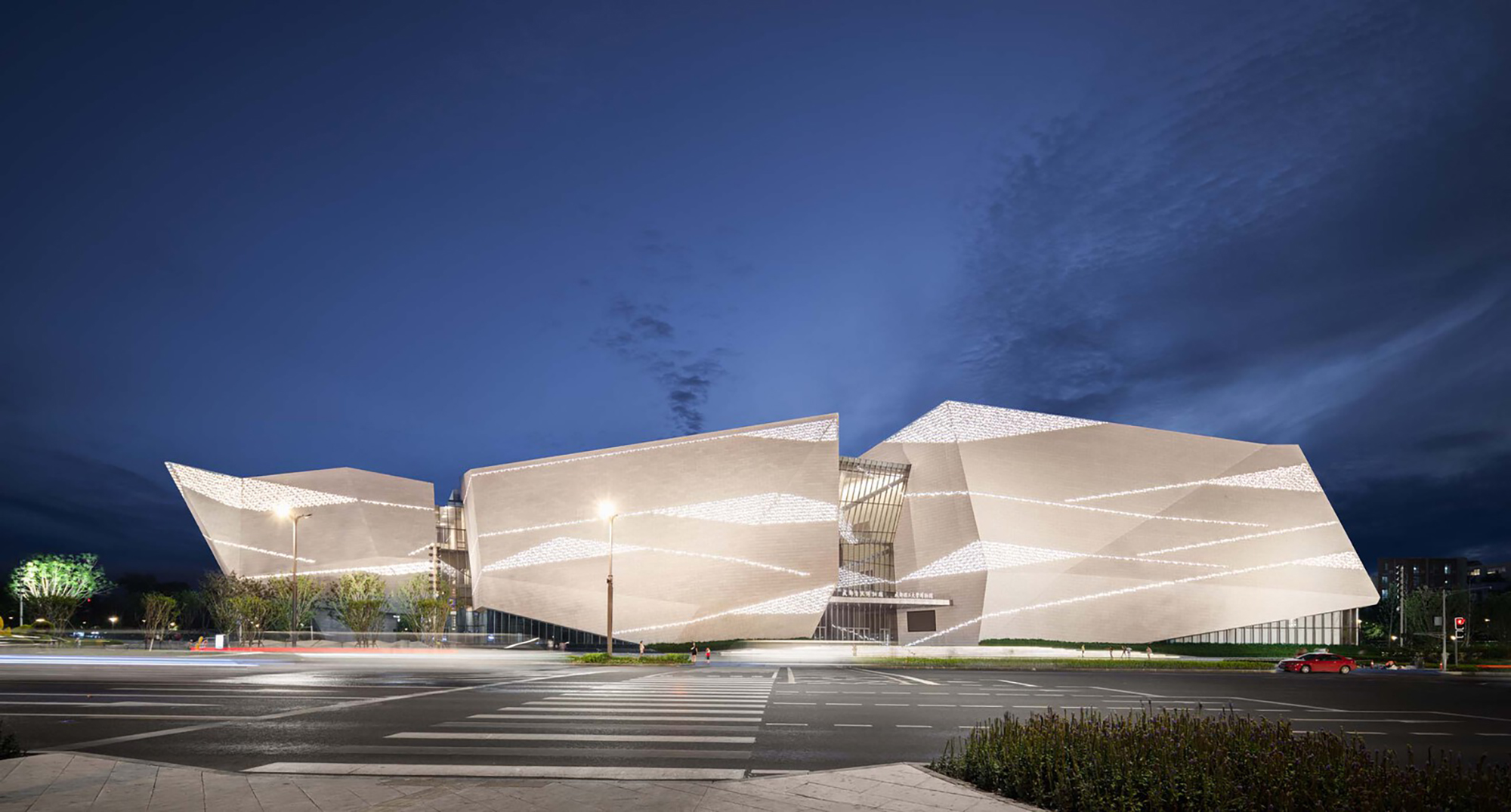
© Pelli Clarke & Partners, CSWADI
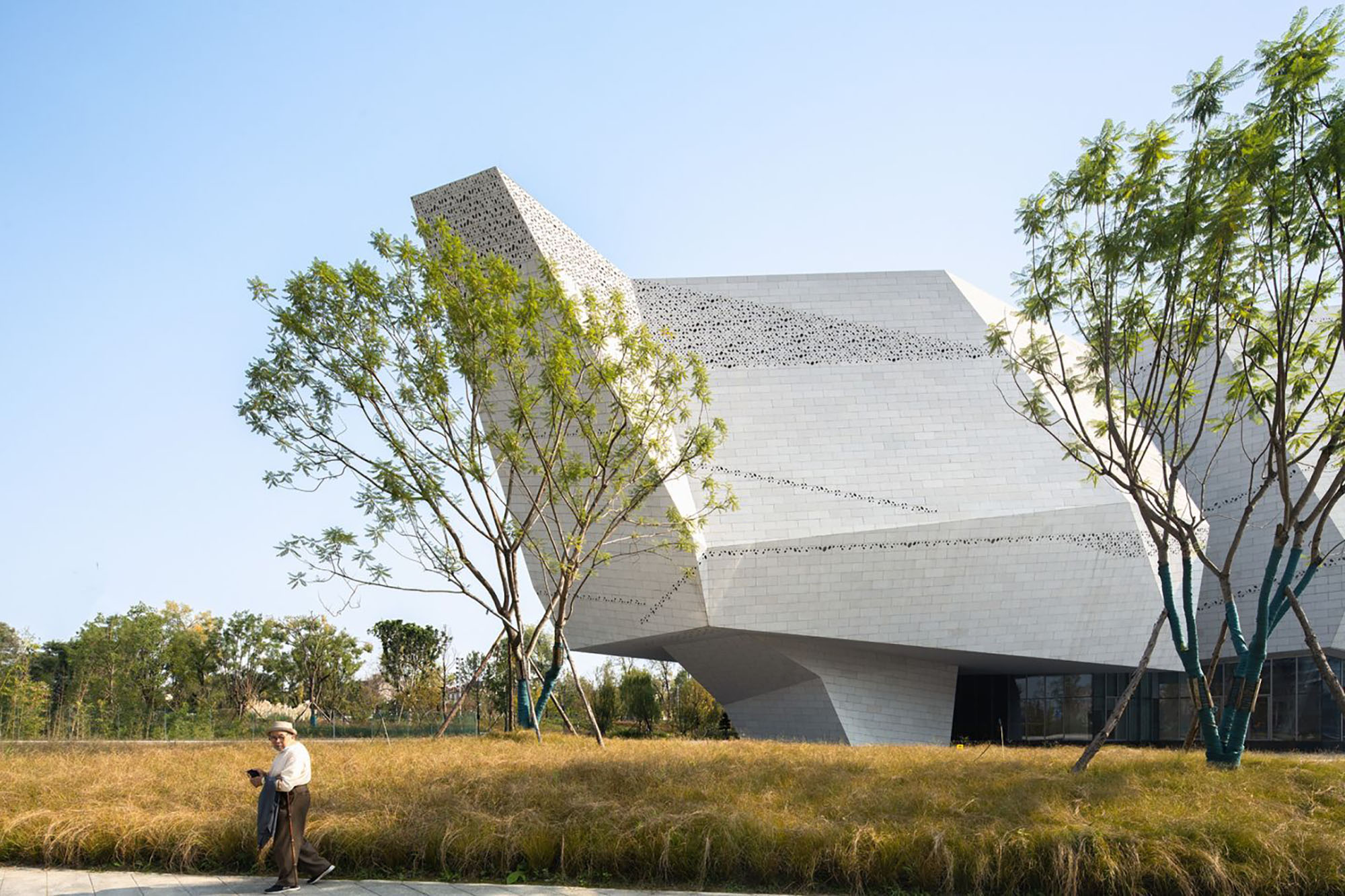
© Pelli Clarke & Partners, CSWADI
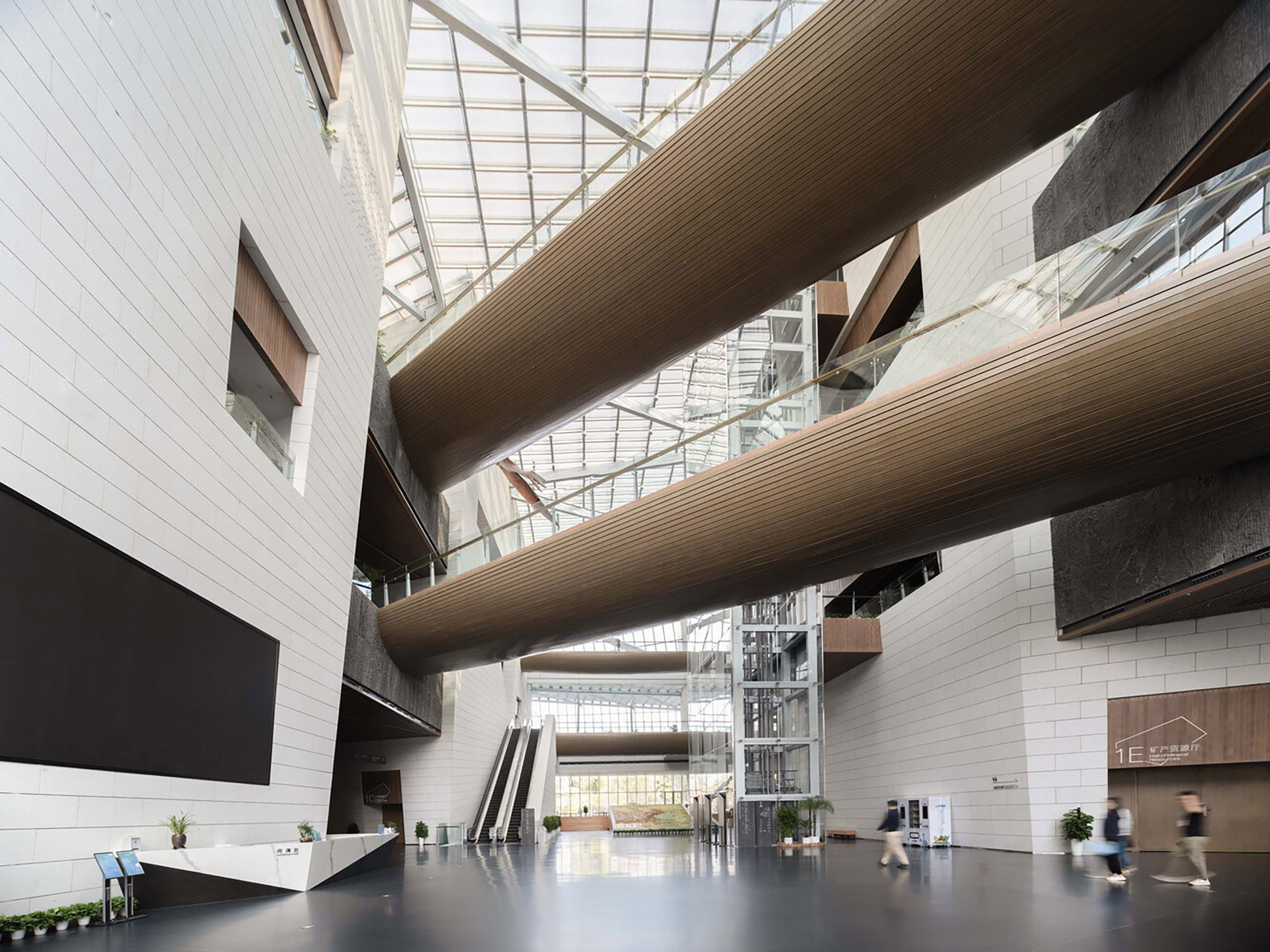
© Pelli Clarke & Partners, CSWADI
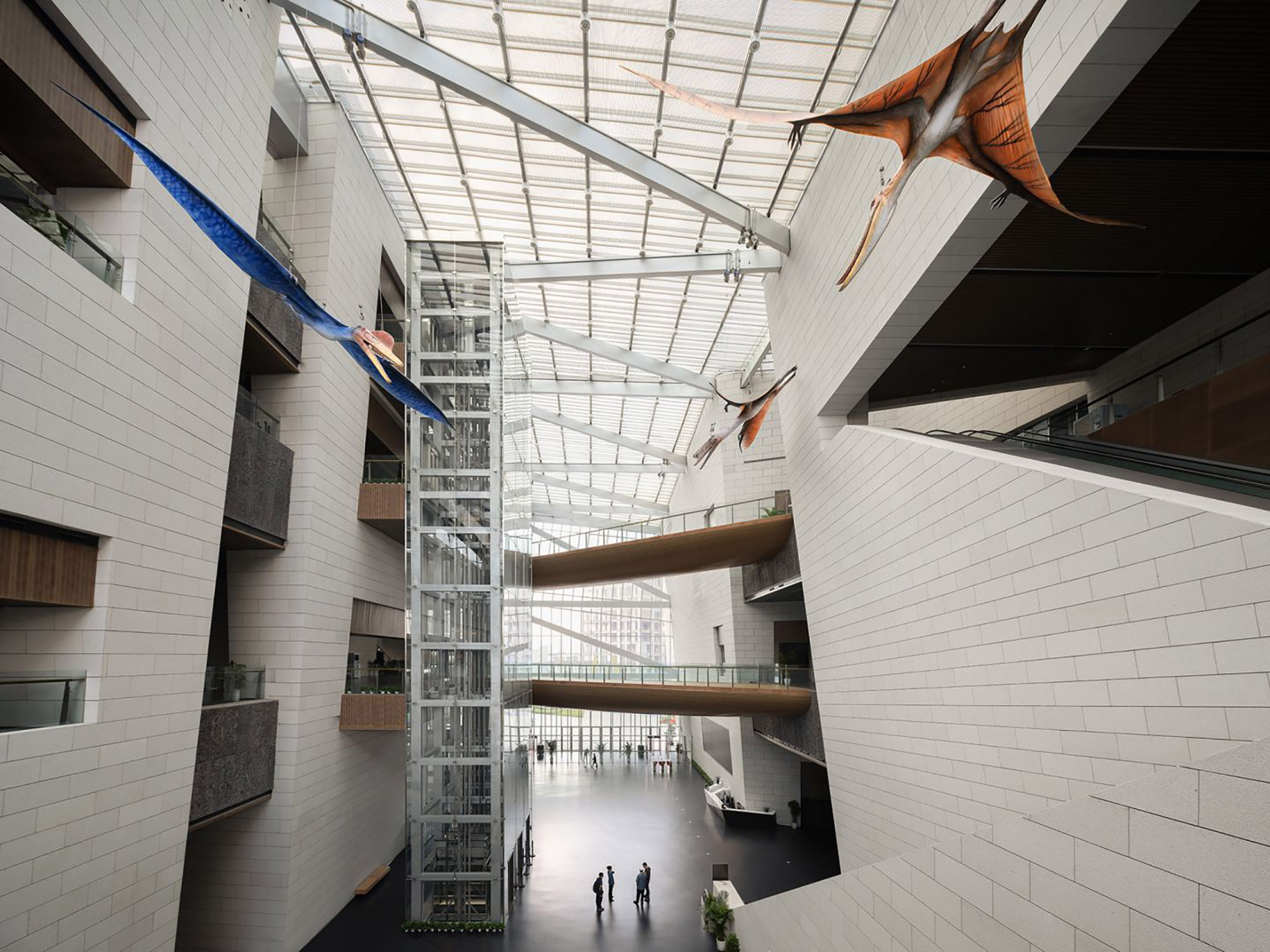
© Pelli Clarke & Partners, CSWADI
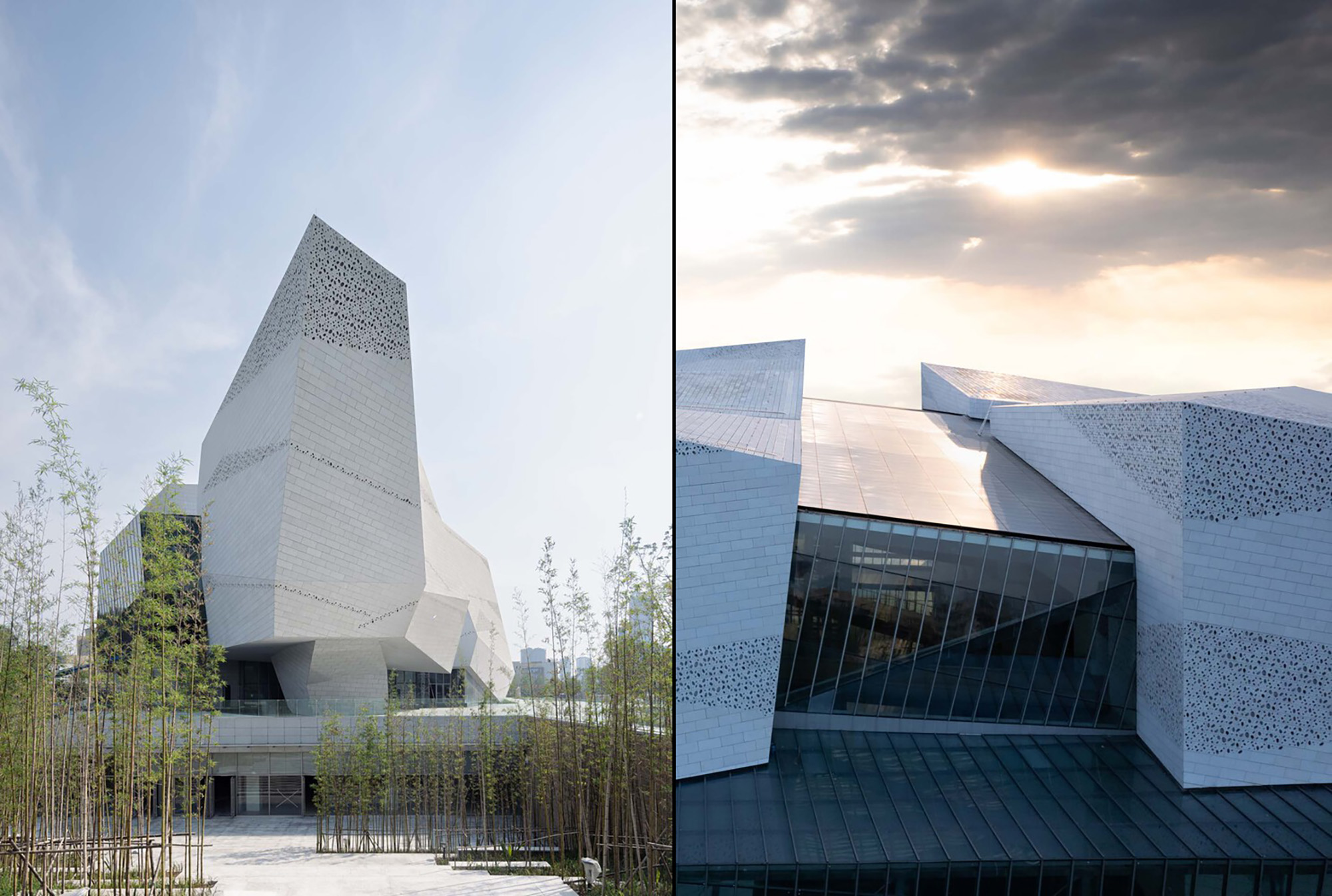
© Pelli Clarke & Partners, CSWADI
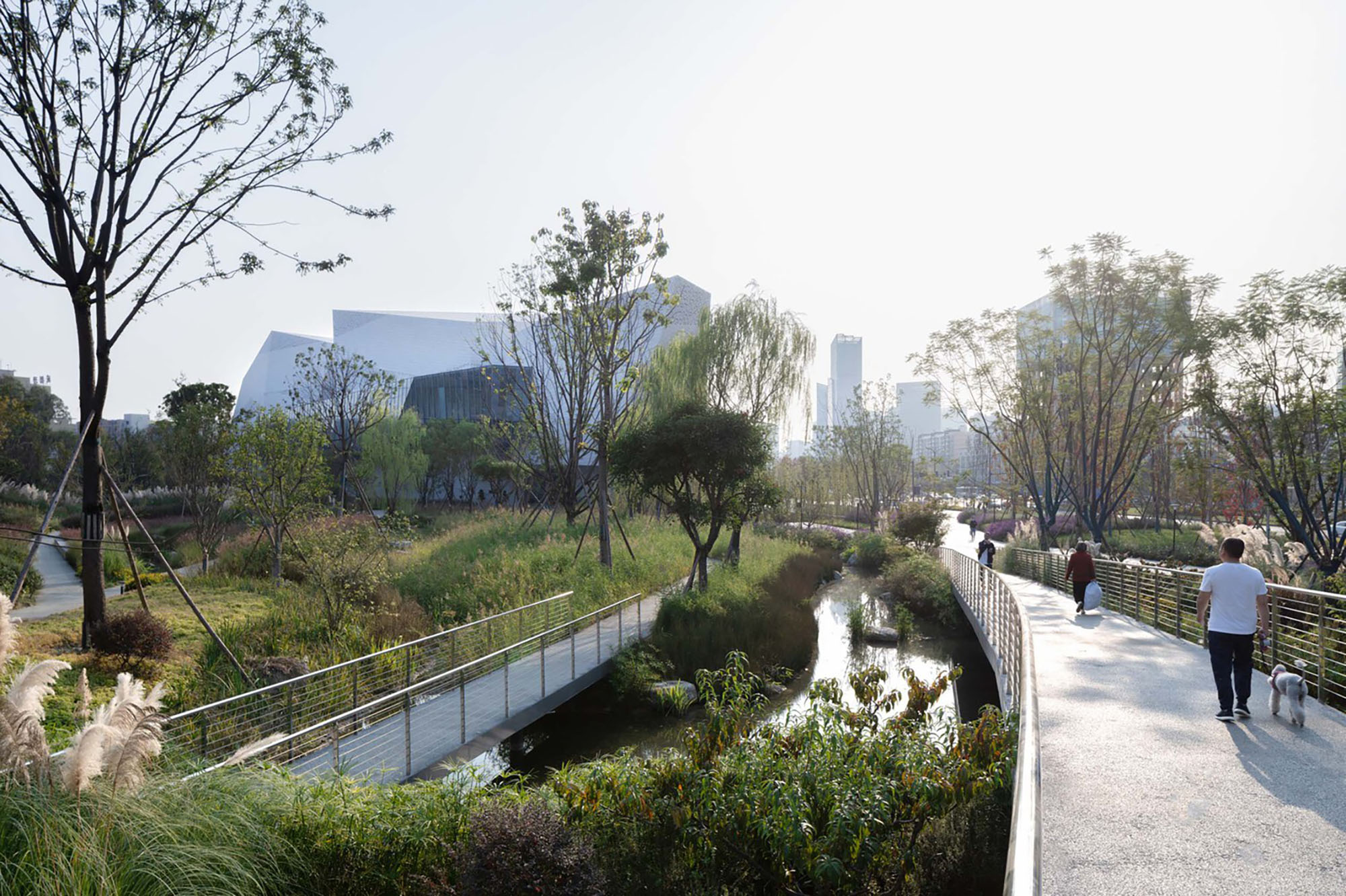
© Pelli Clarke & Partners, CSWADI
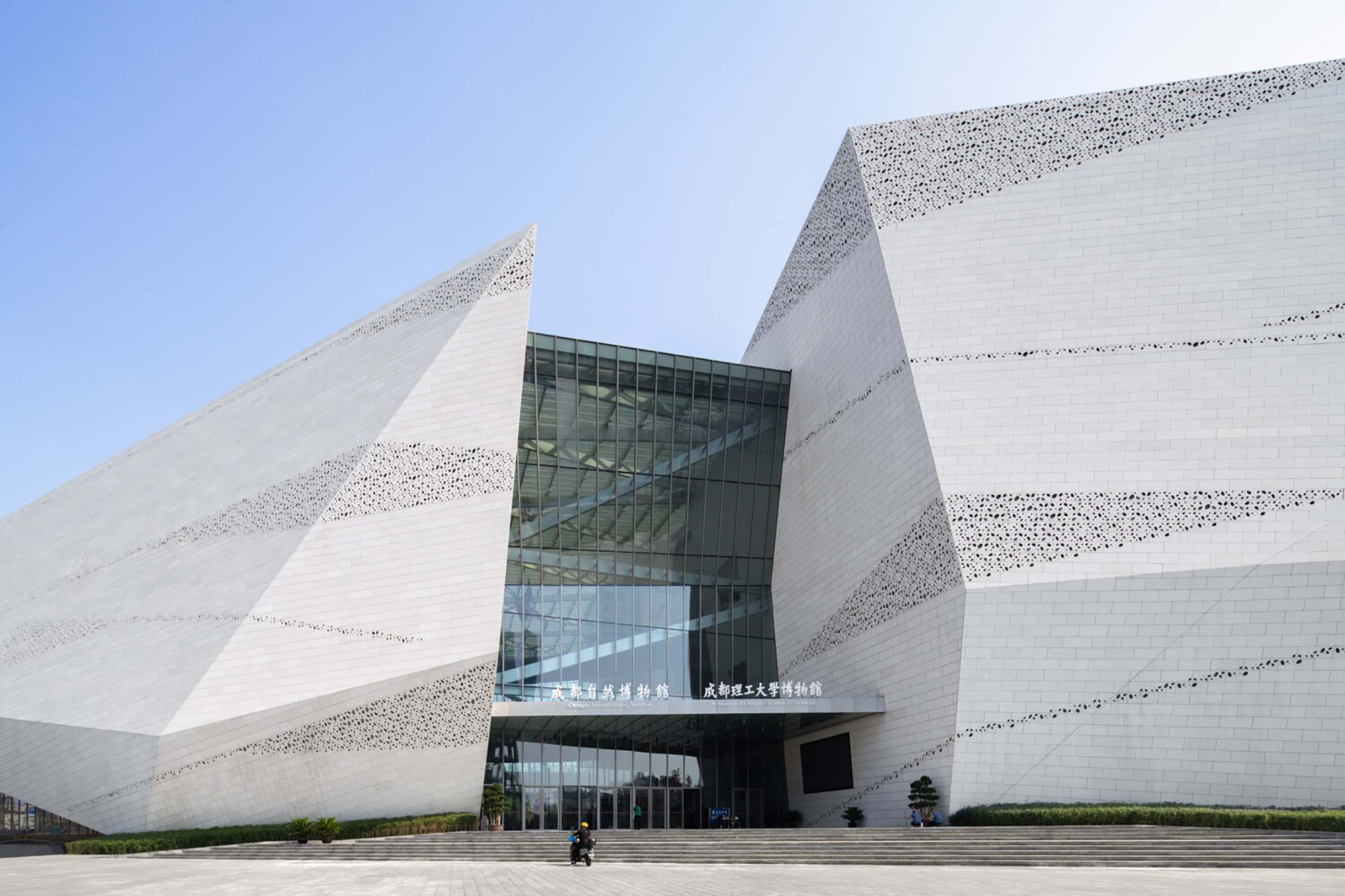
© Pelli Clarke & Partners, CSWADI
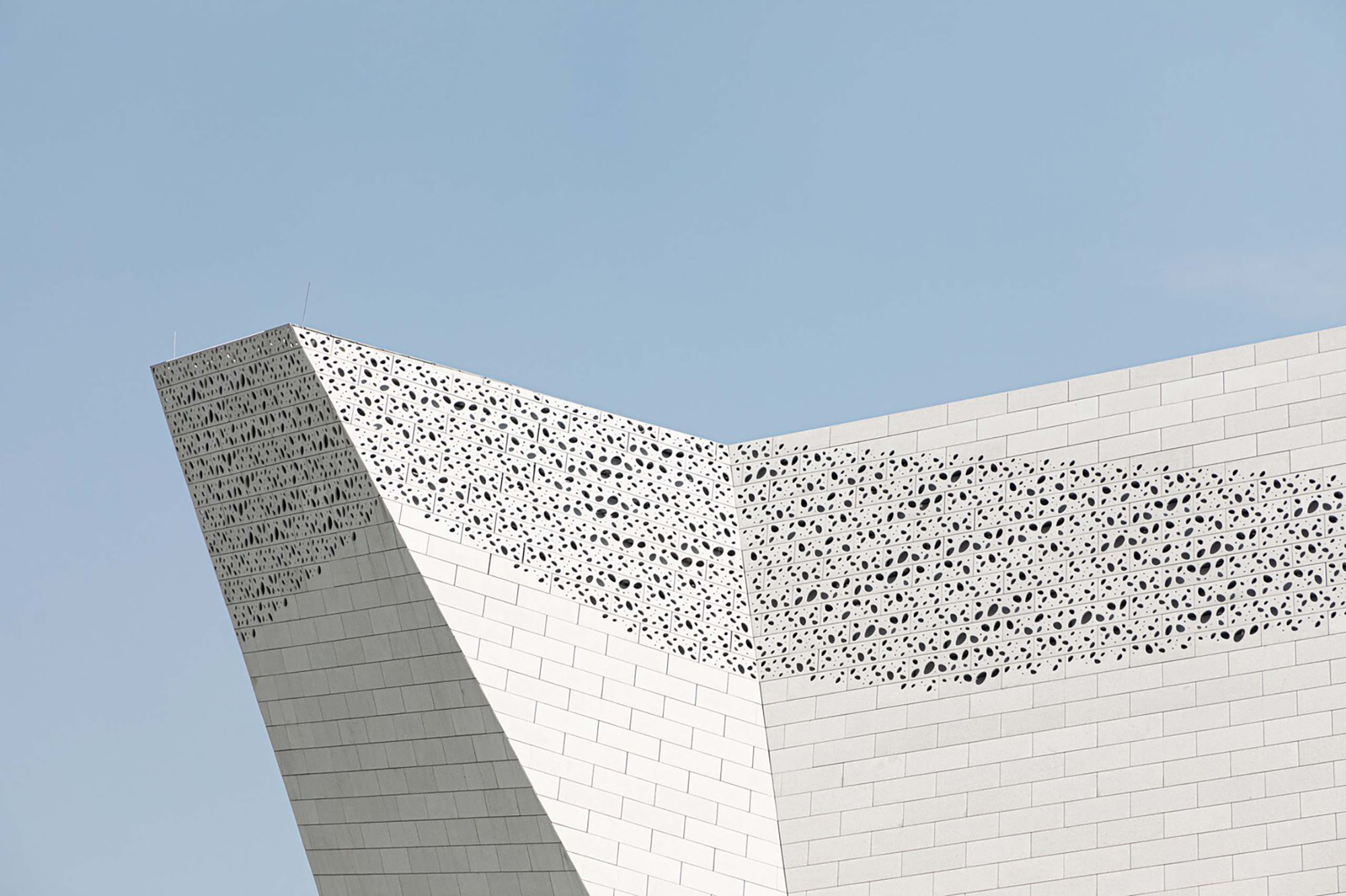
© Pelli Clarke & Partners, CSWADI
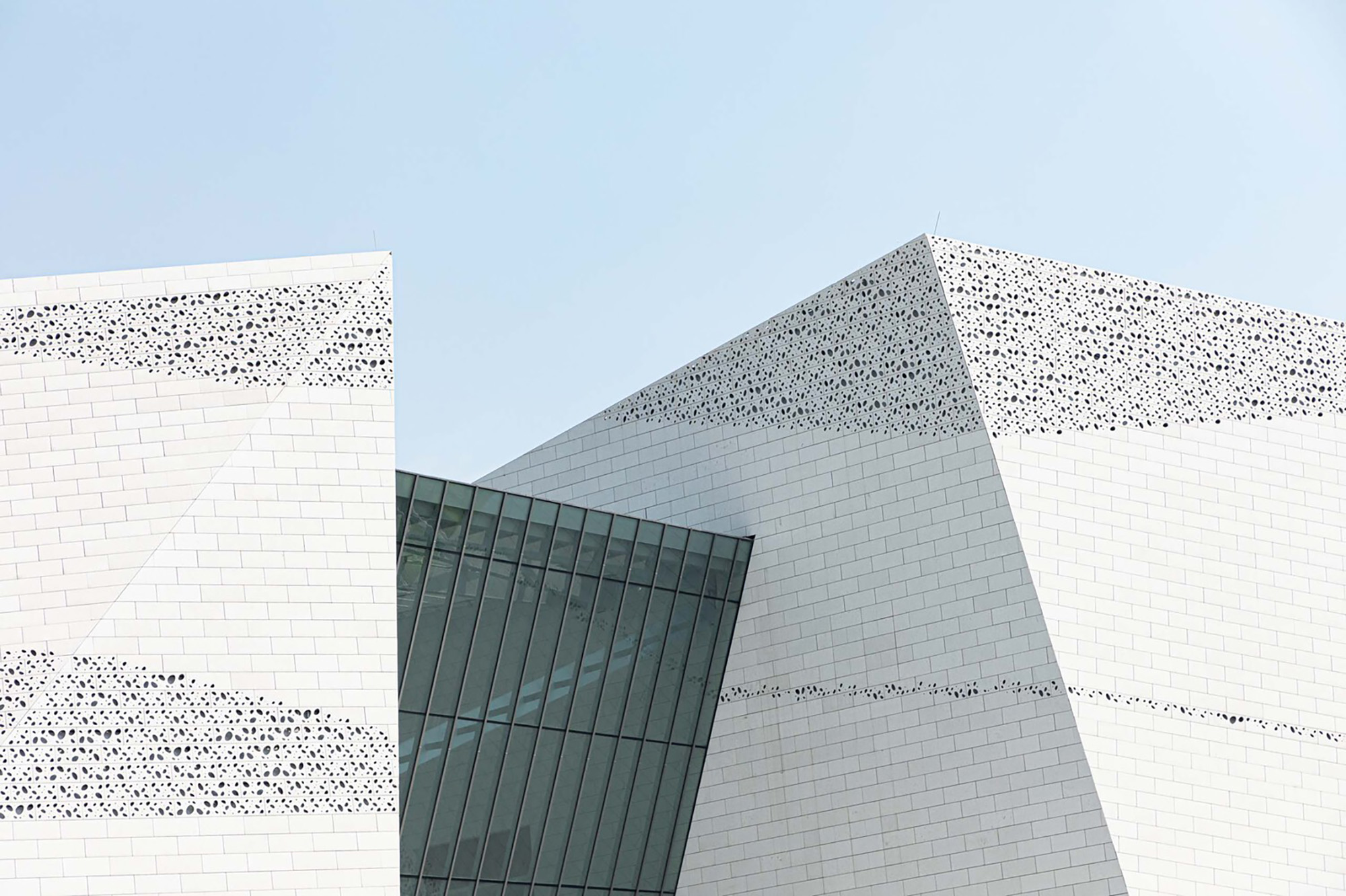
© Pelli Clarke & Partners, CSWADI
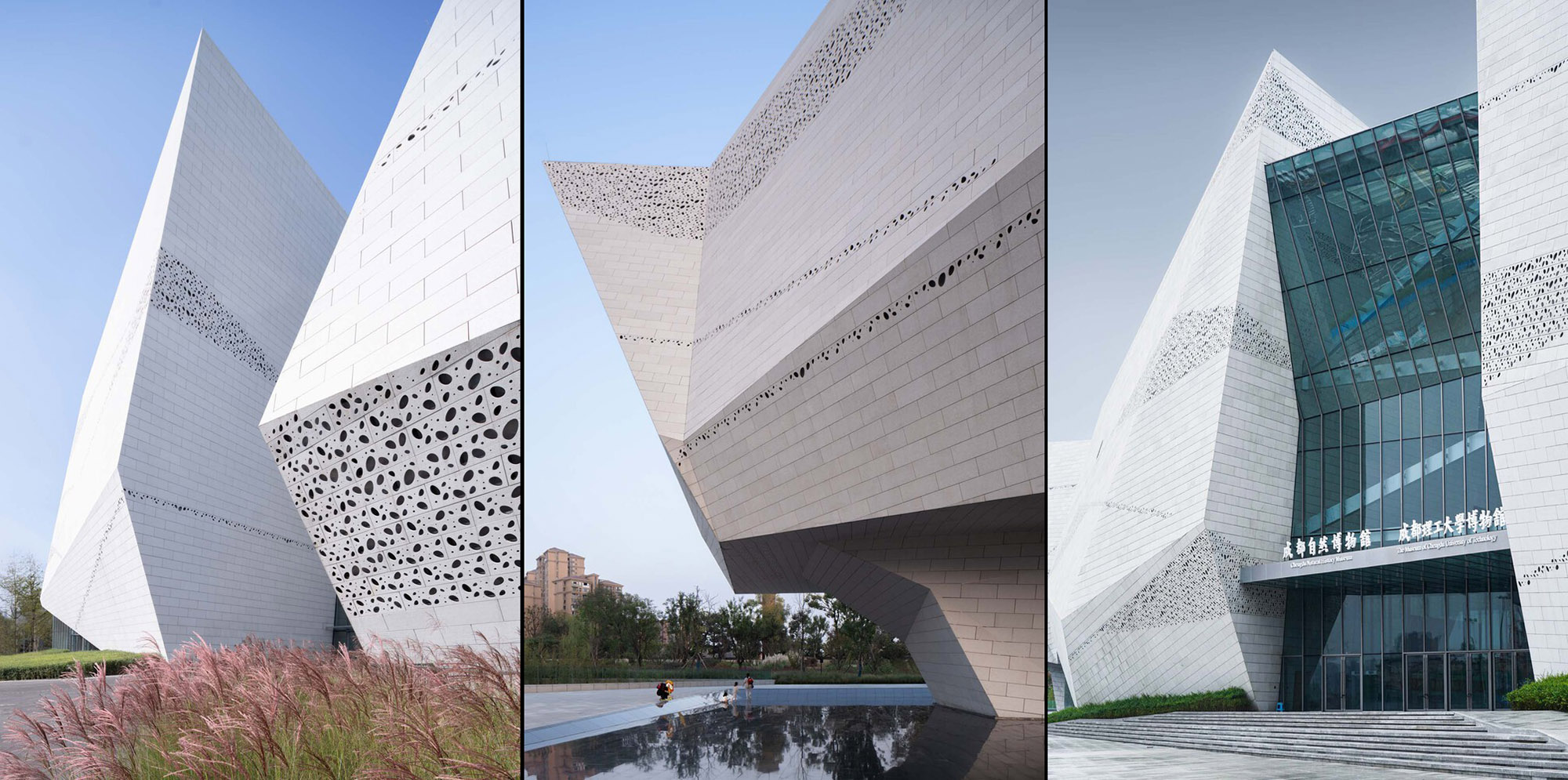
© Pelli Clarke & Partners, CSWADI
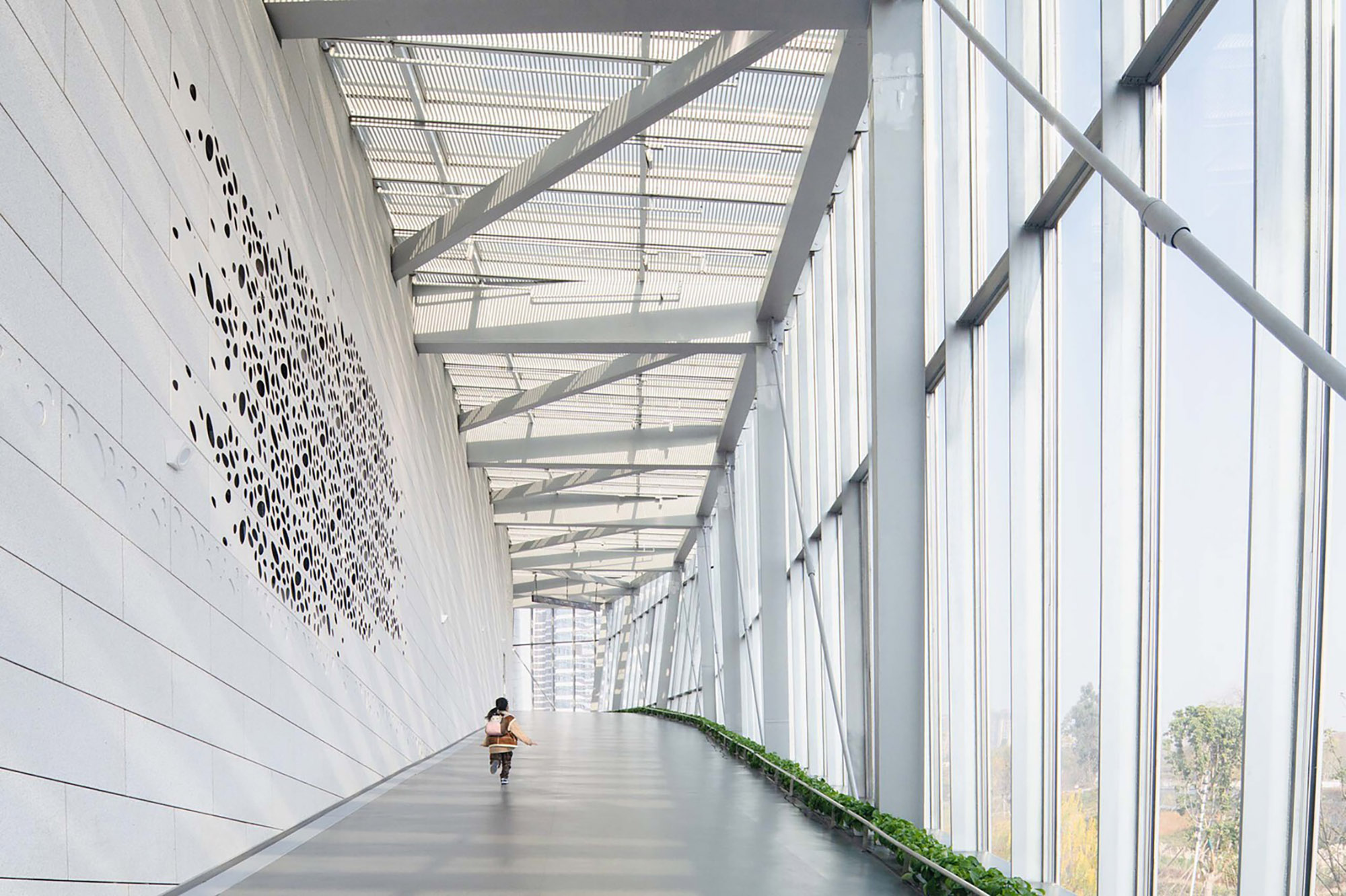
© Pelli Clarke & Partners, CSWADI
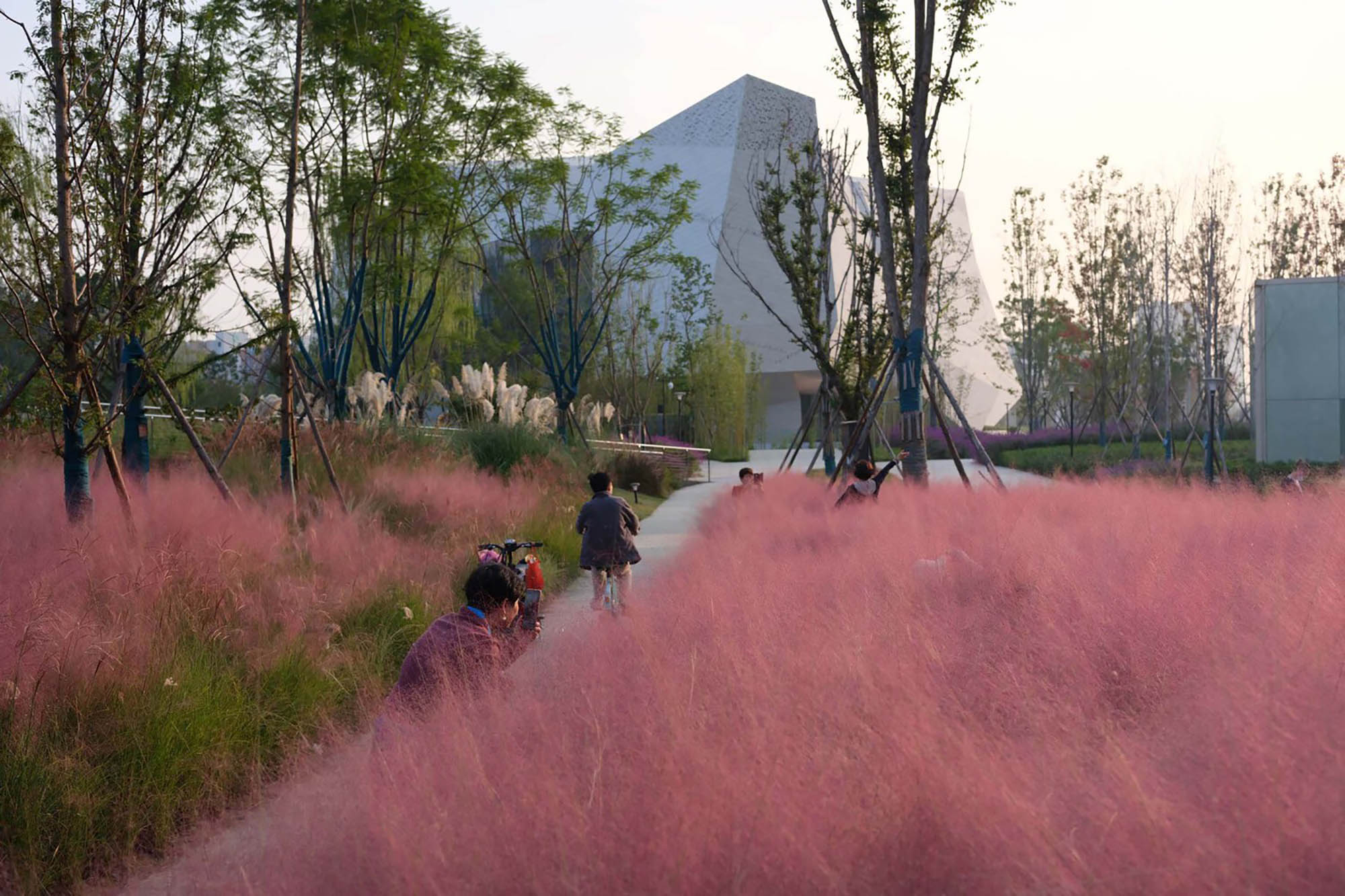
© Pelli Clarke & Partners, CSWADI
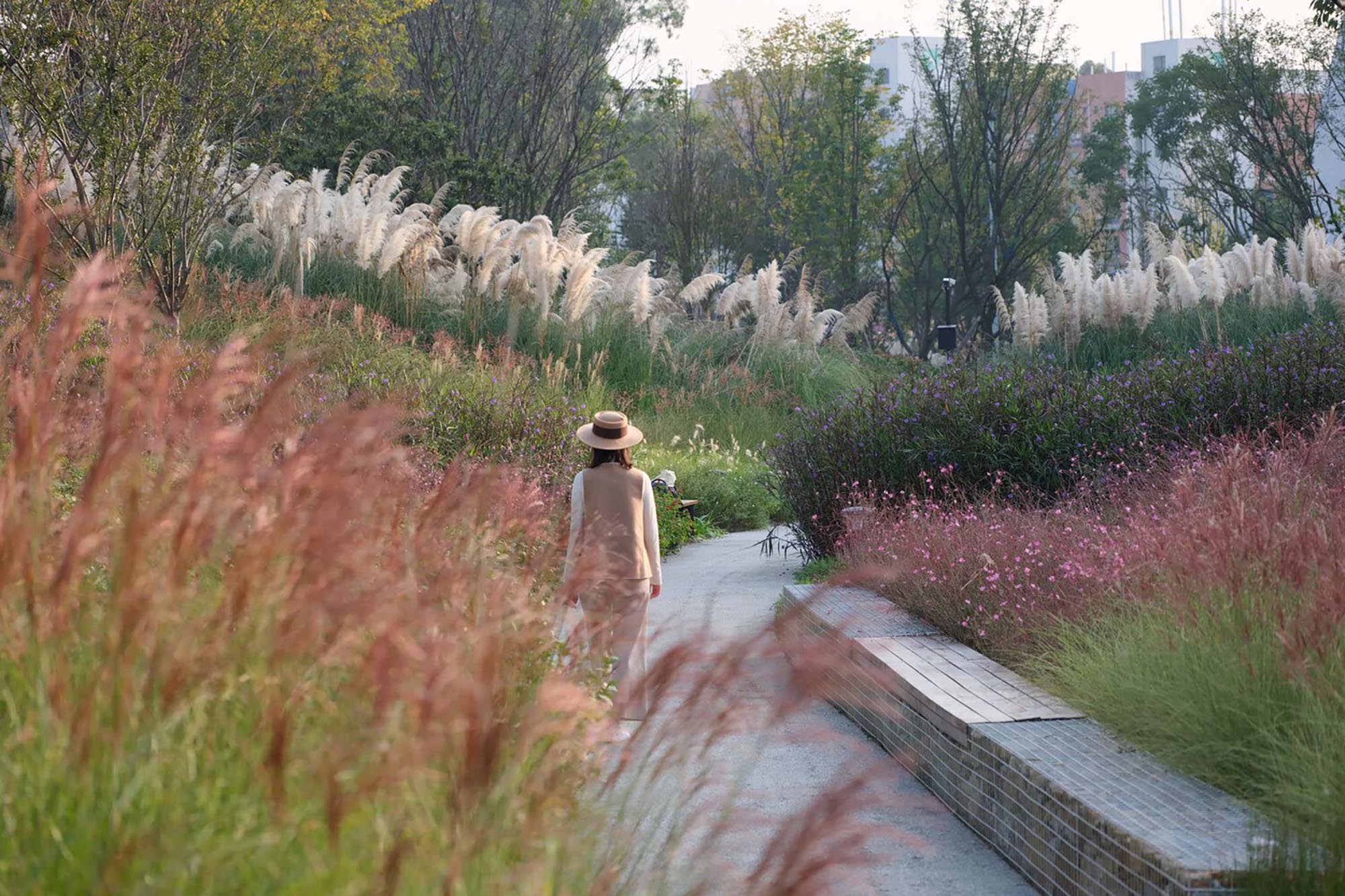
© Pelli Clarke & Partners, CSWADI
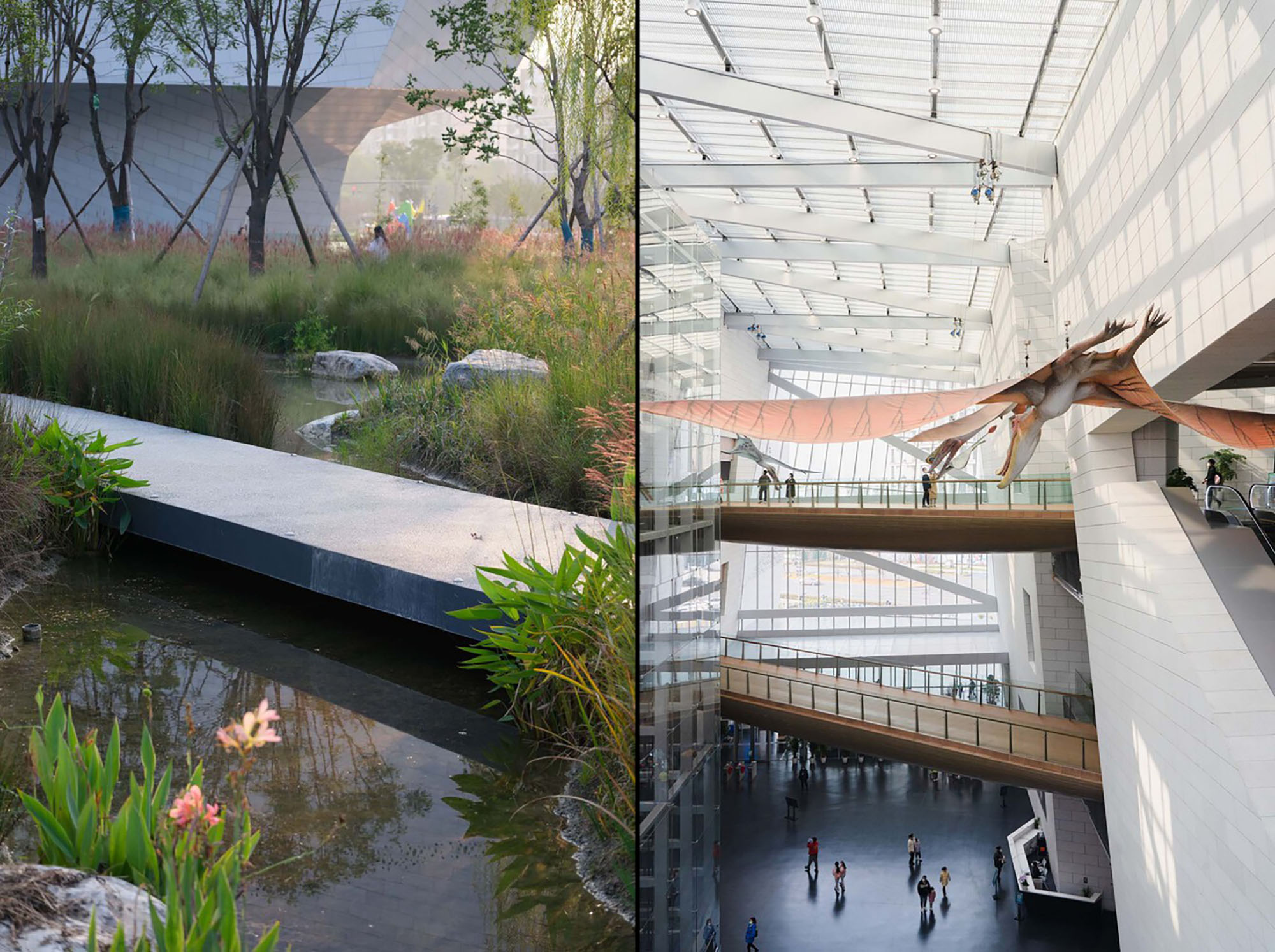
© Pelli Clarke & Partners, CSWADI
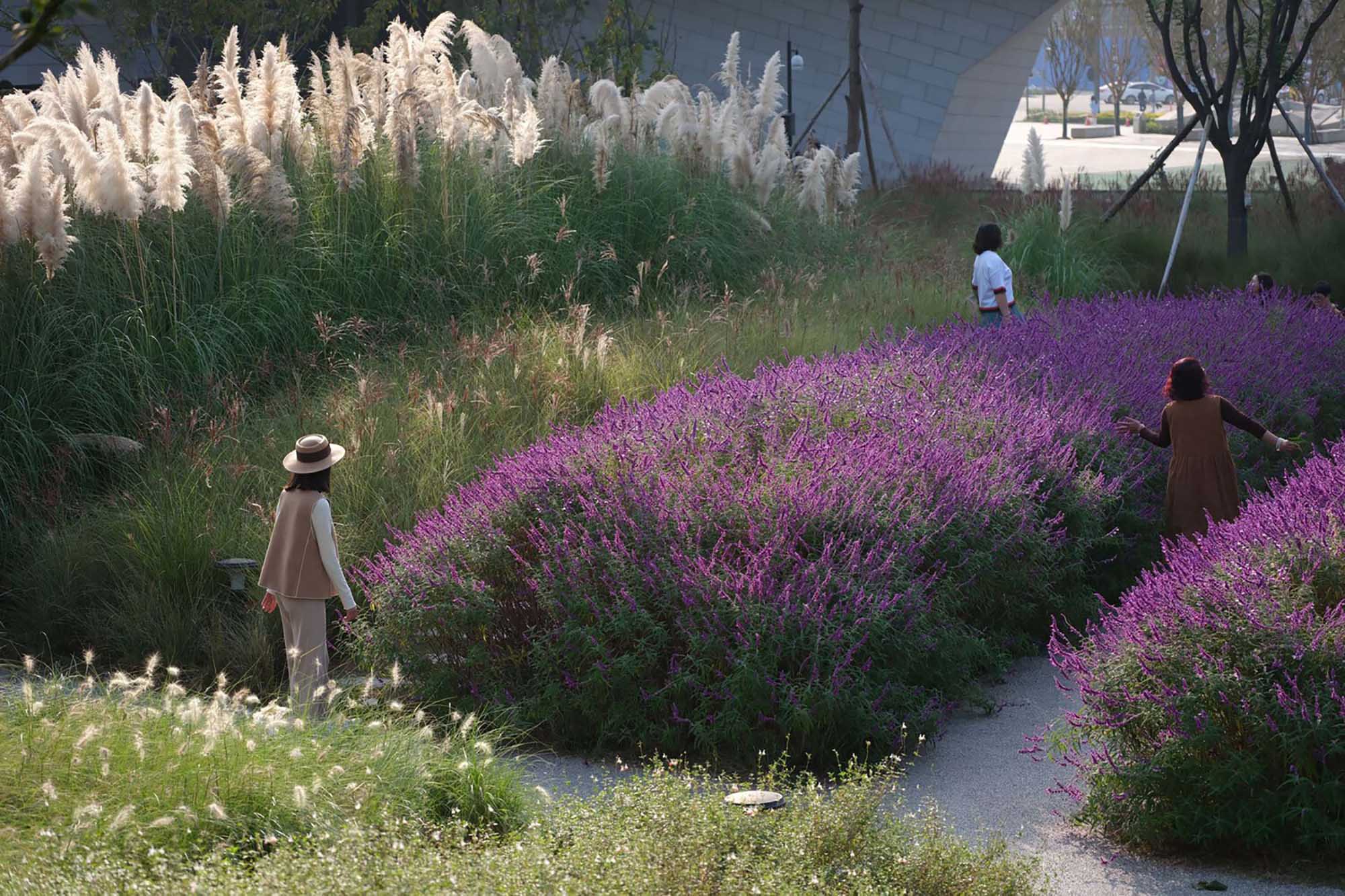
© Pelli Clarke & Partners, CSWADI
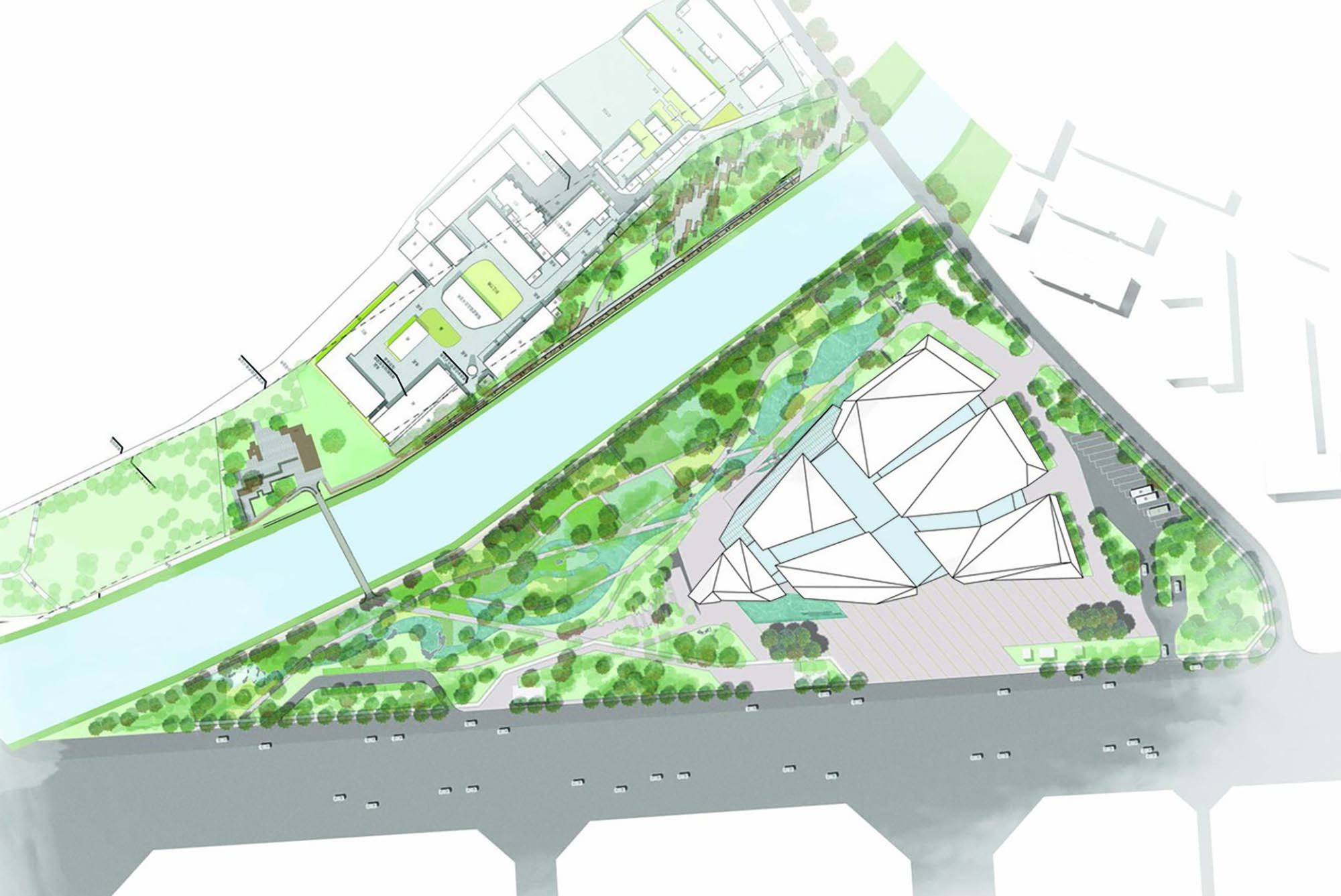
© Pelli Clarke & Partners, CSWADI
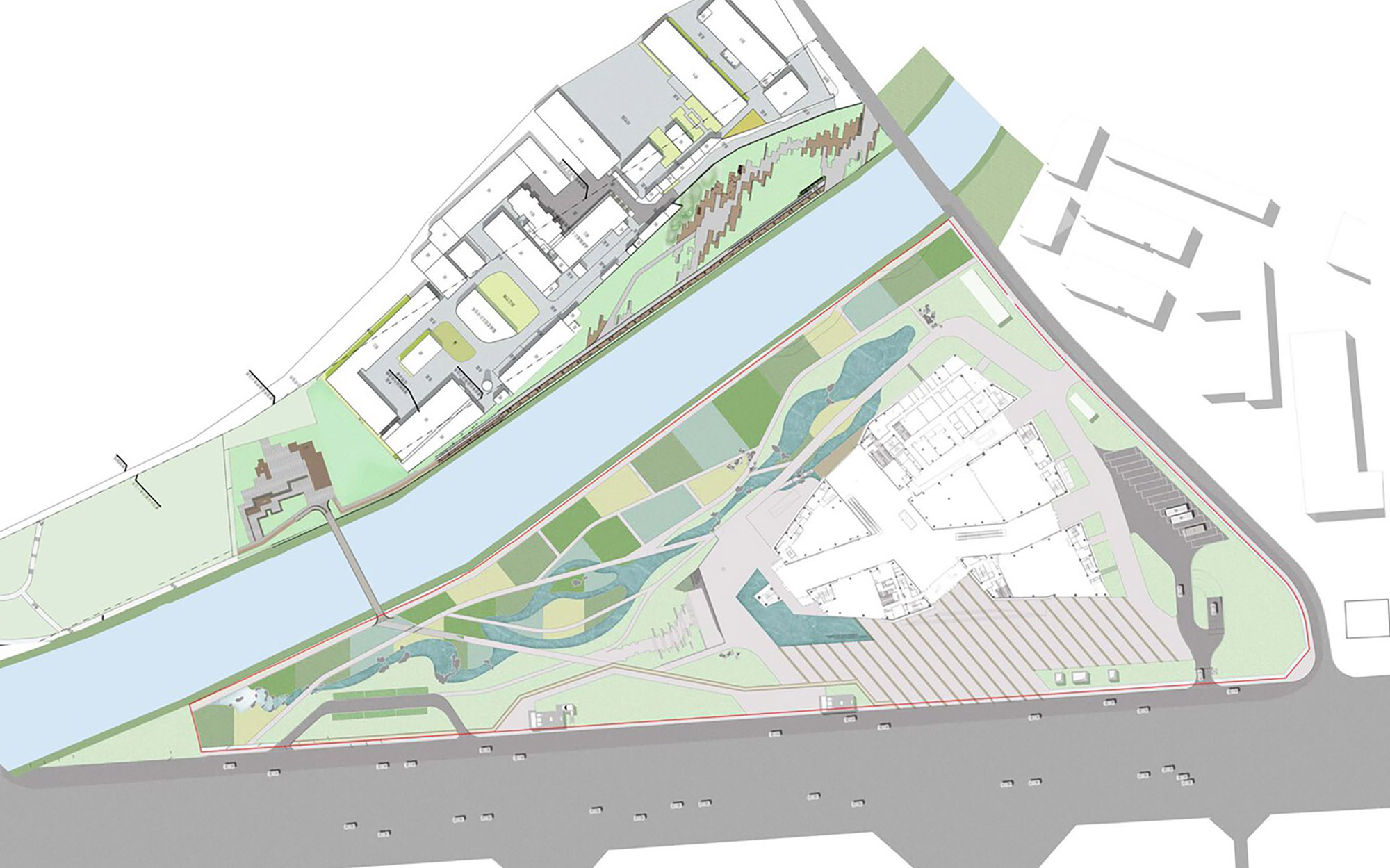
© Pelli Clarke & Partners, CSWADI
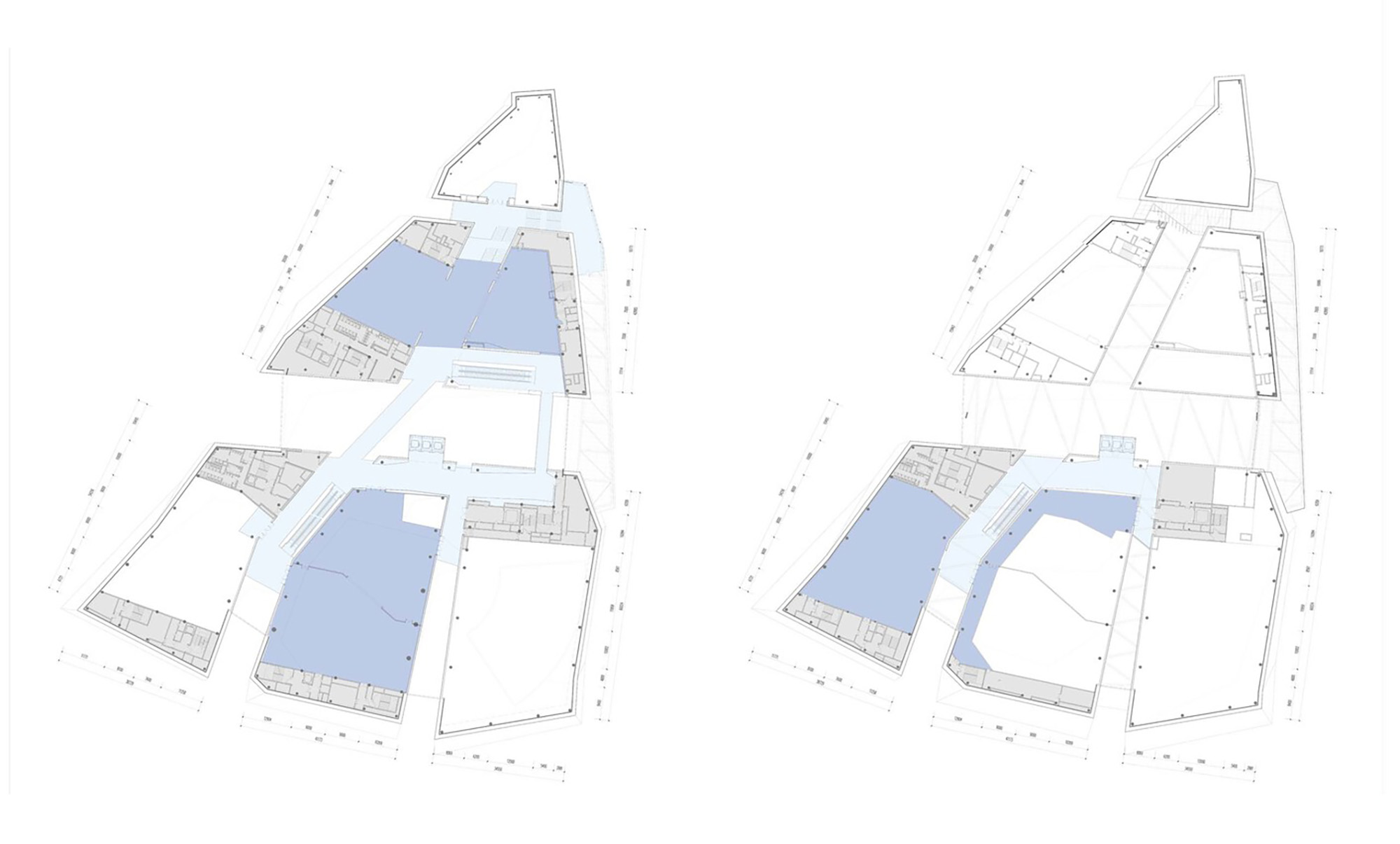
© Pelli Clarke & Partners, CSWADI
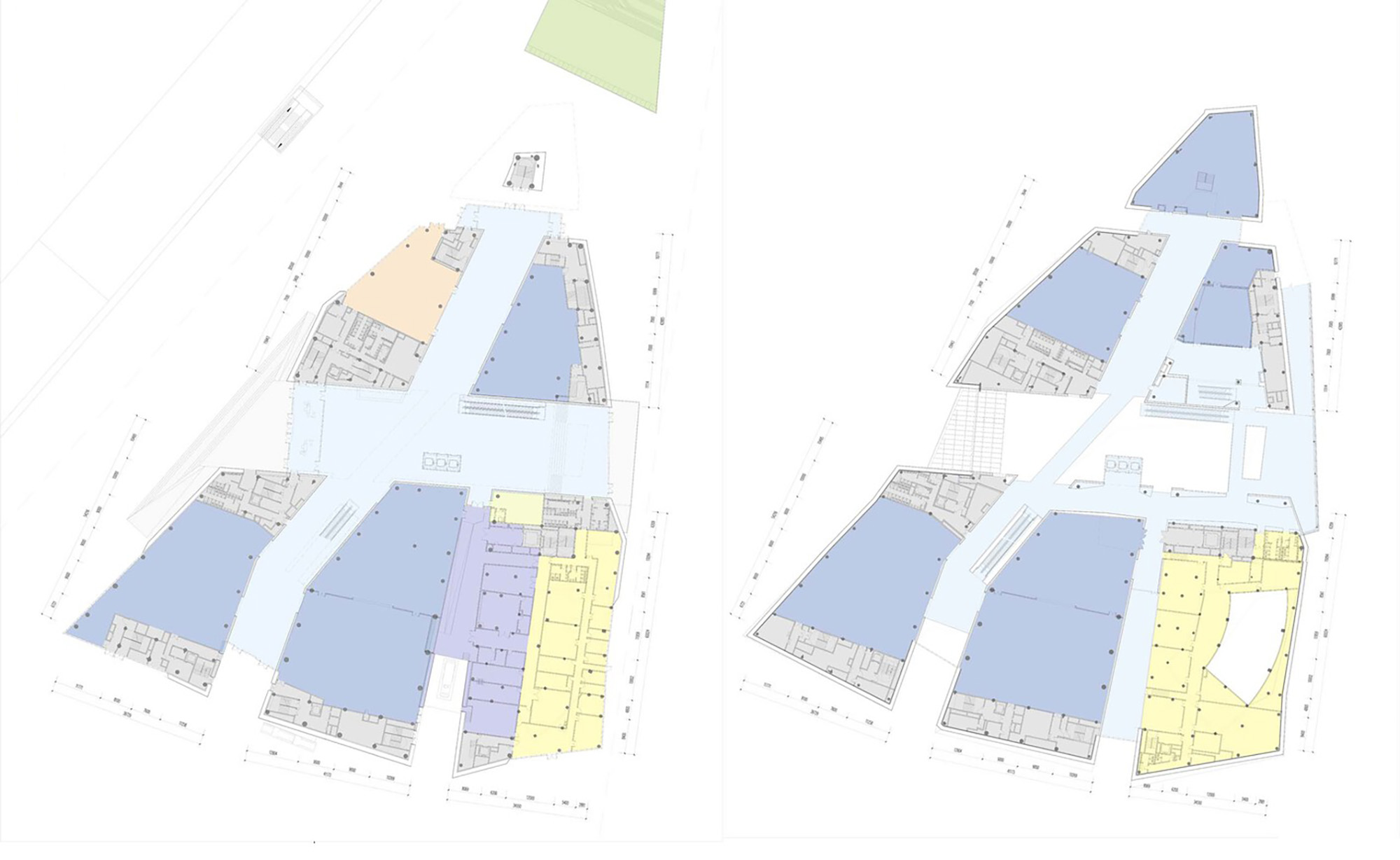
© Pelli Clarke & Partners, CSWADI
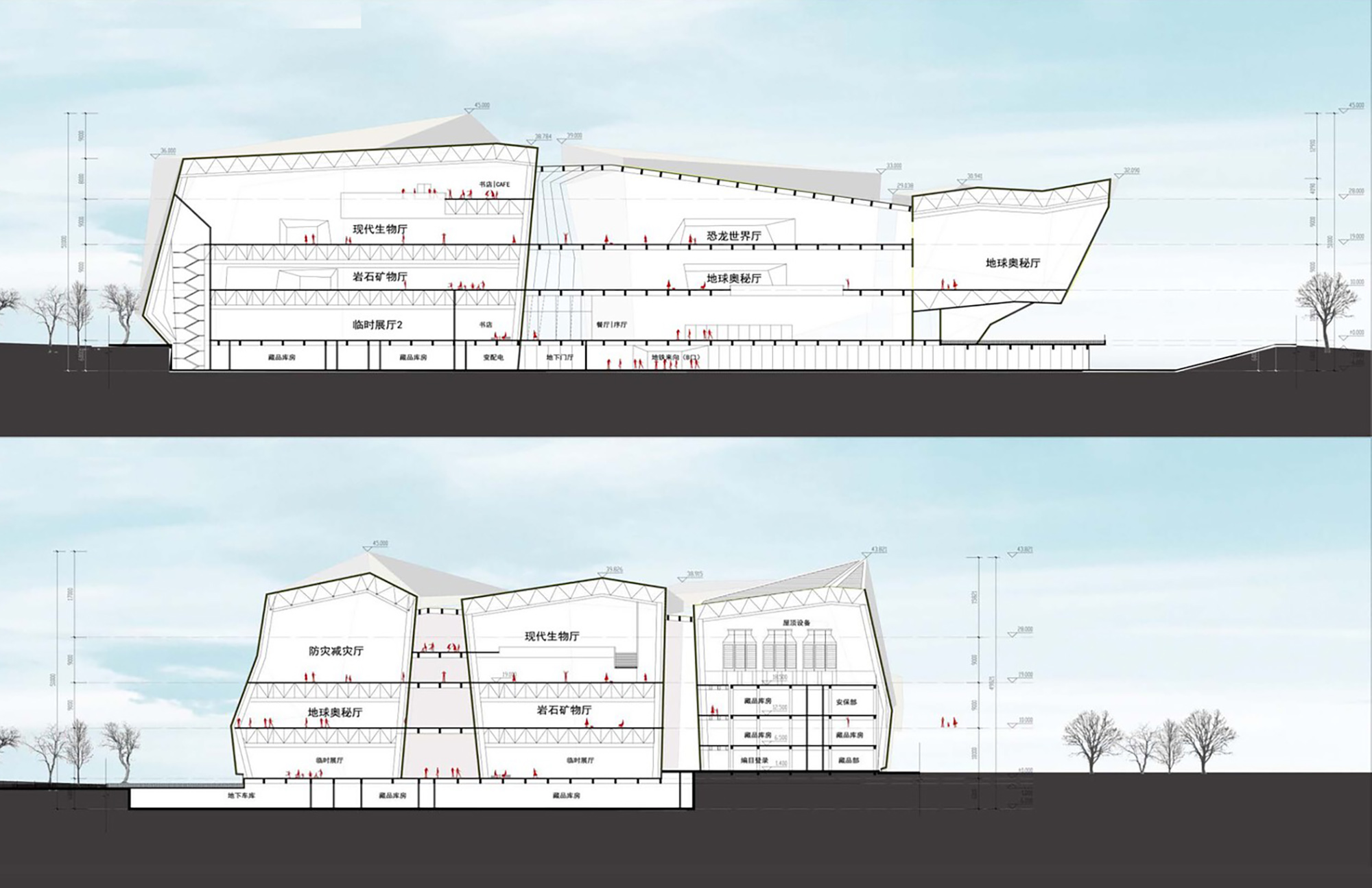
© Pelli Clarke & Partners, CSWADI
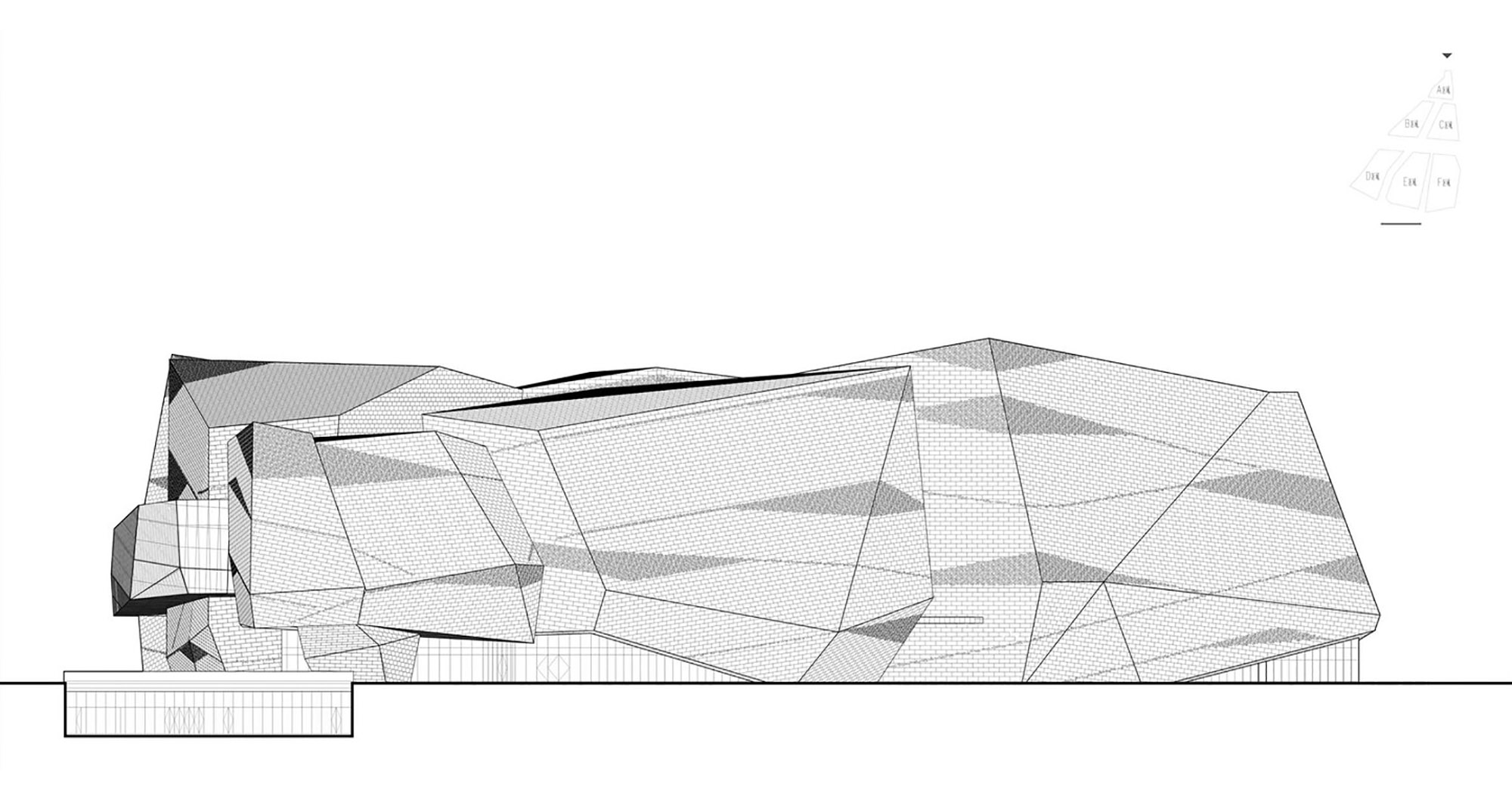
© Pelli Clarke & Partners, CSWADI
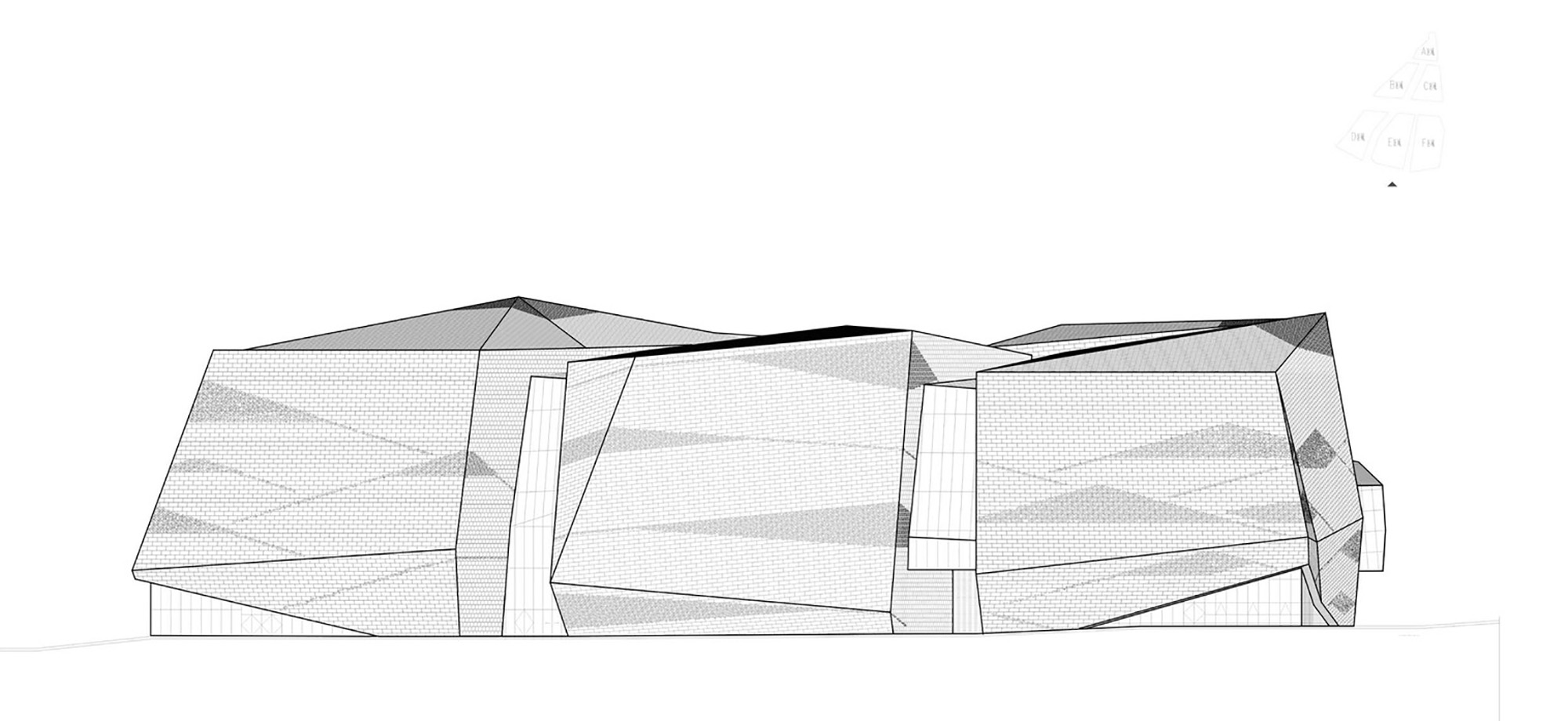
© Pelli Clarke & Partners, CSWADI
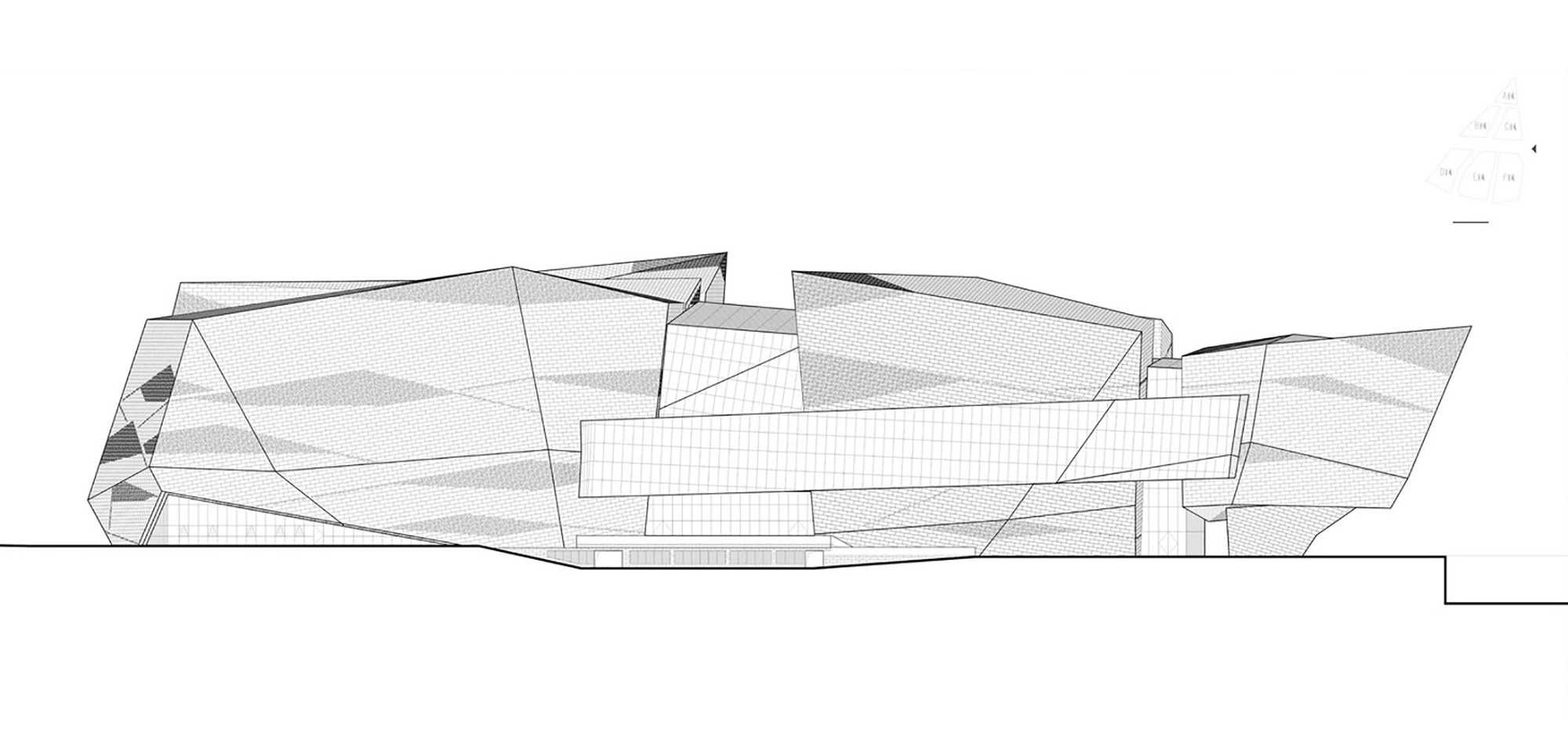
© Pelli Clarke & Partners, CSWADI
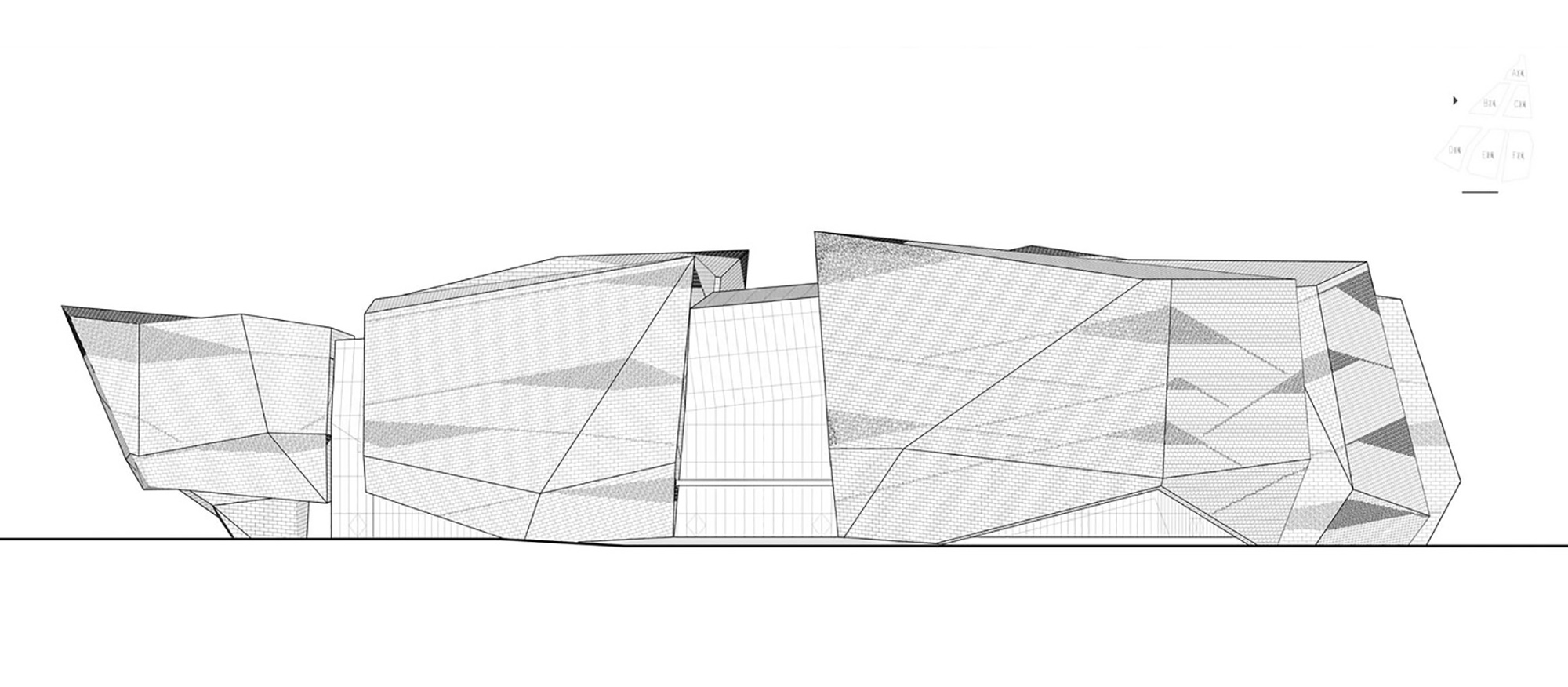
© Pelli Clarke & Partners, CSWADI
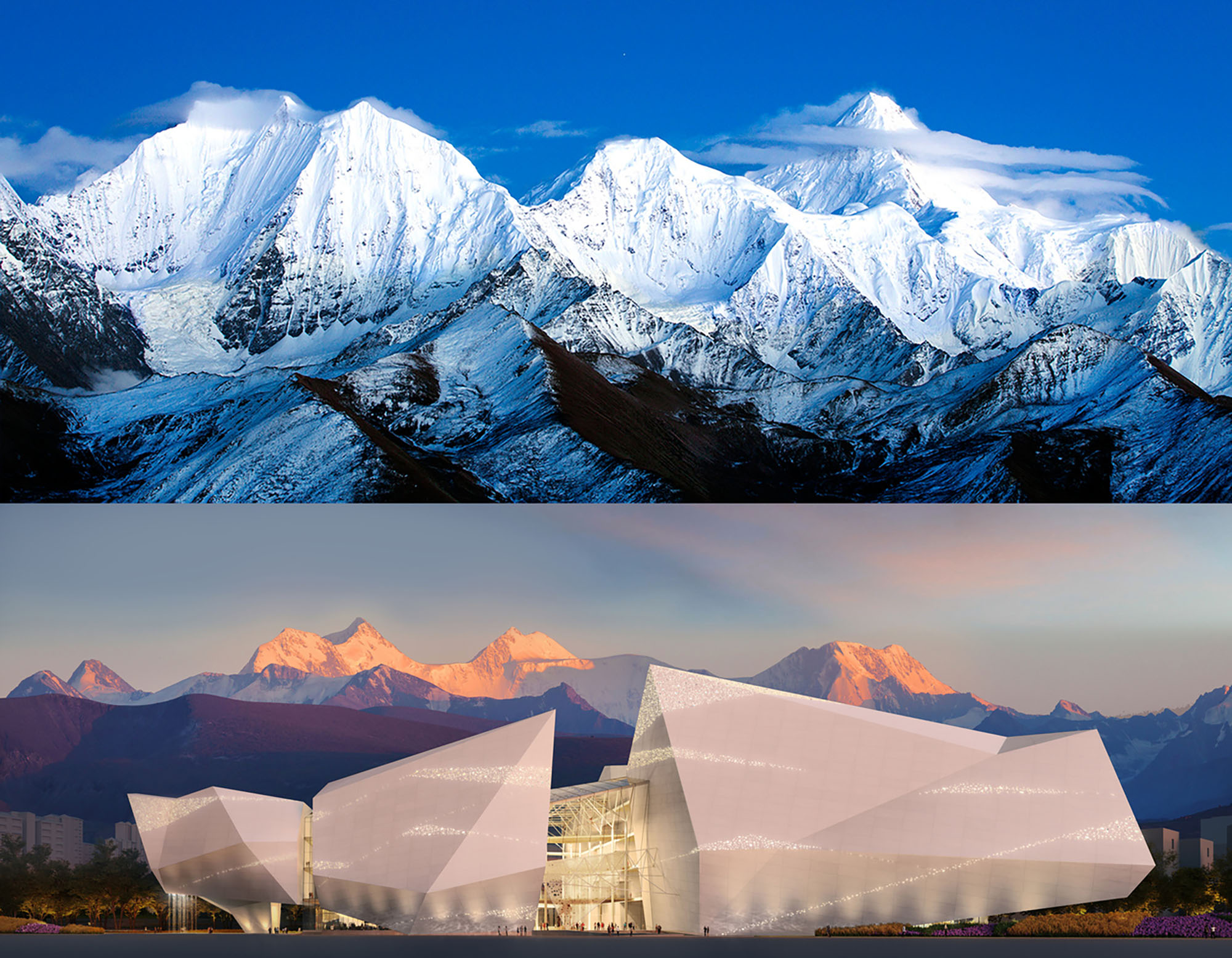
© Pelli Clarke & Partners, CSWADI
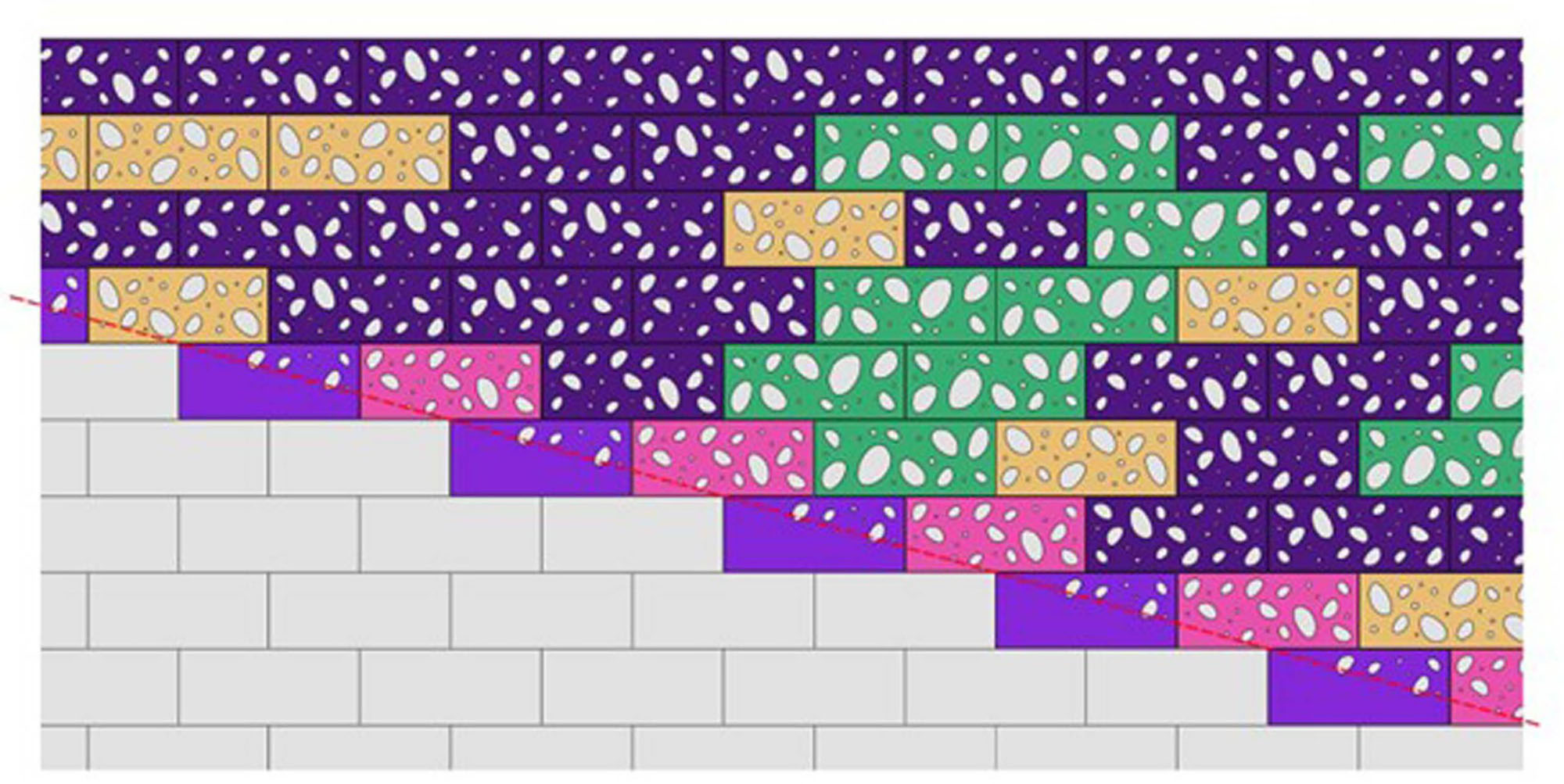
© Pelli Clarke & Partners, CSWADI
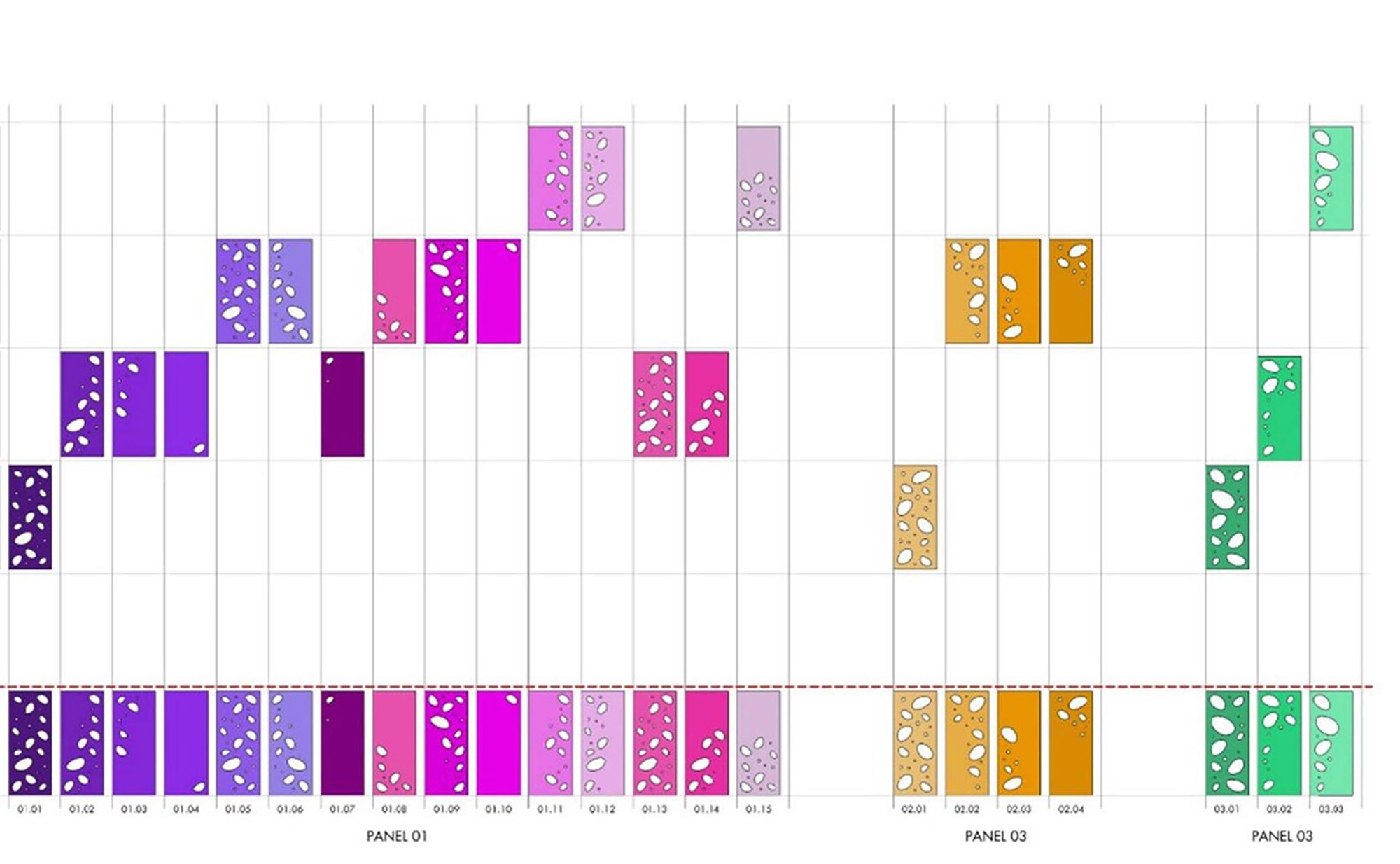
© Pelli Clarke & Partners, CSWADI
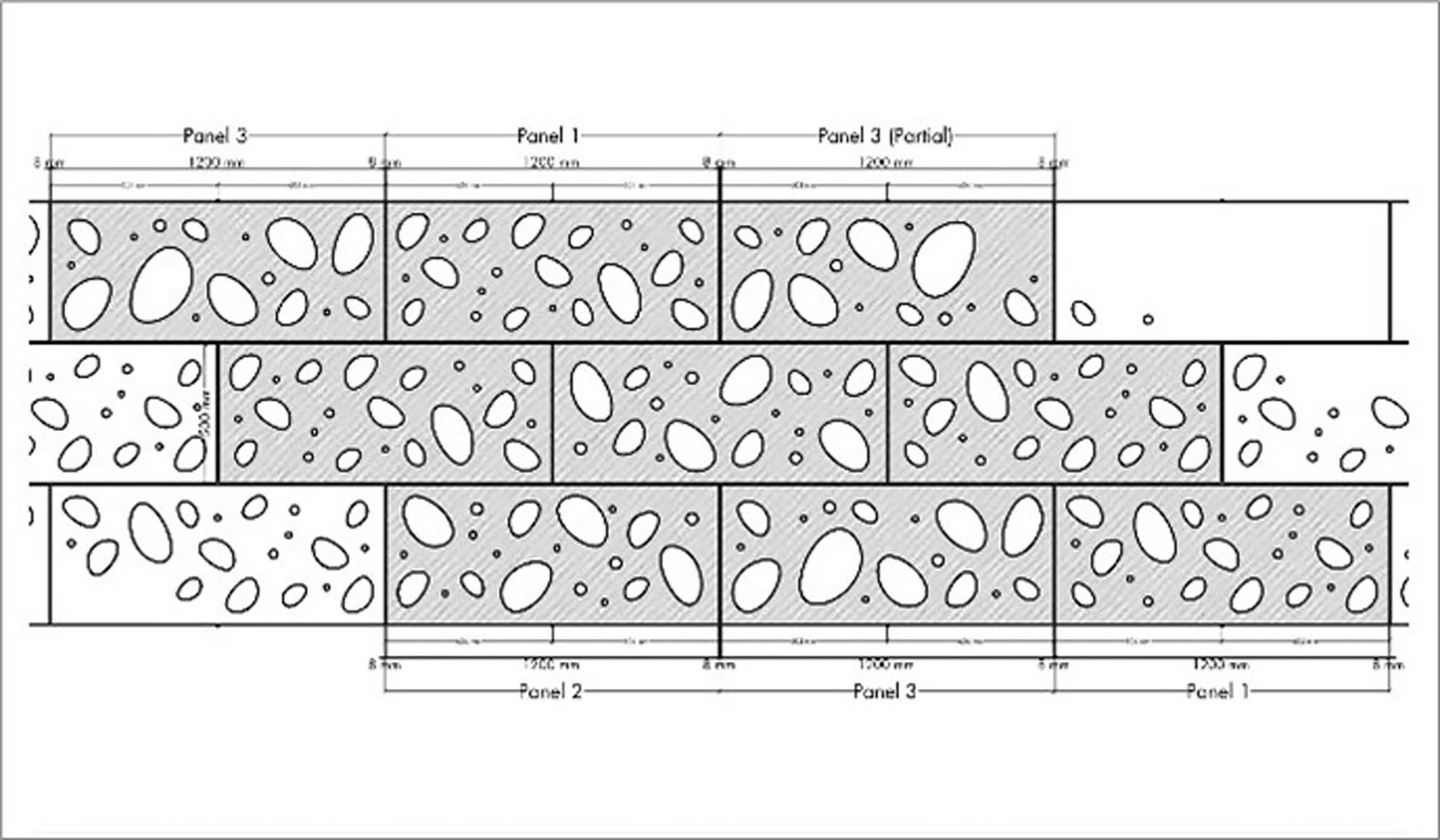
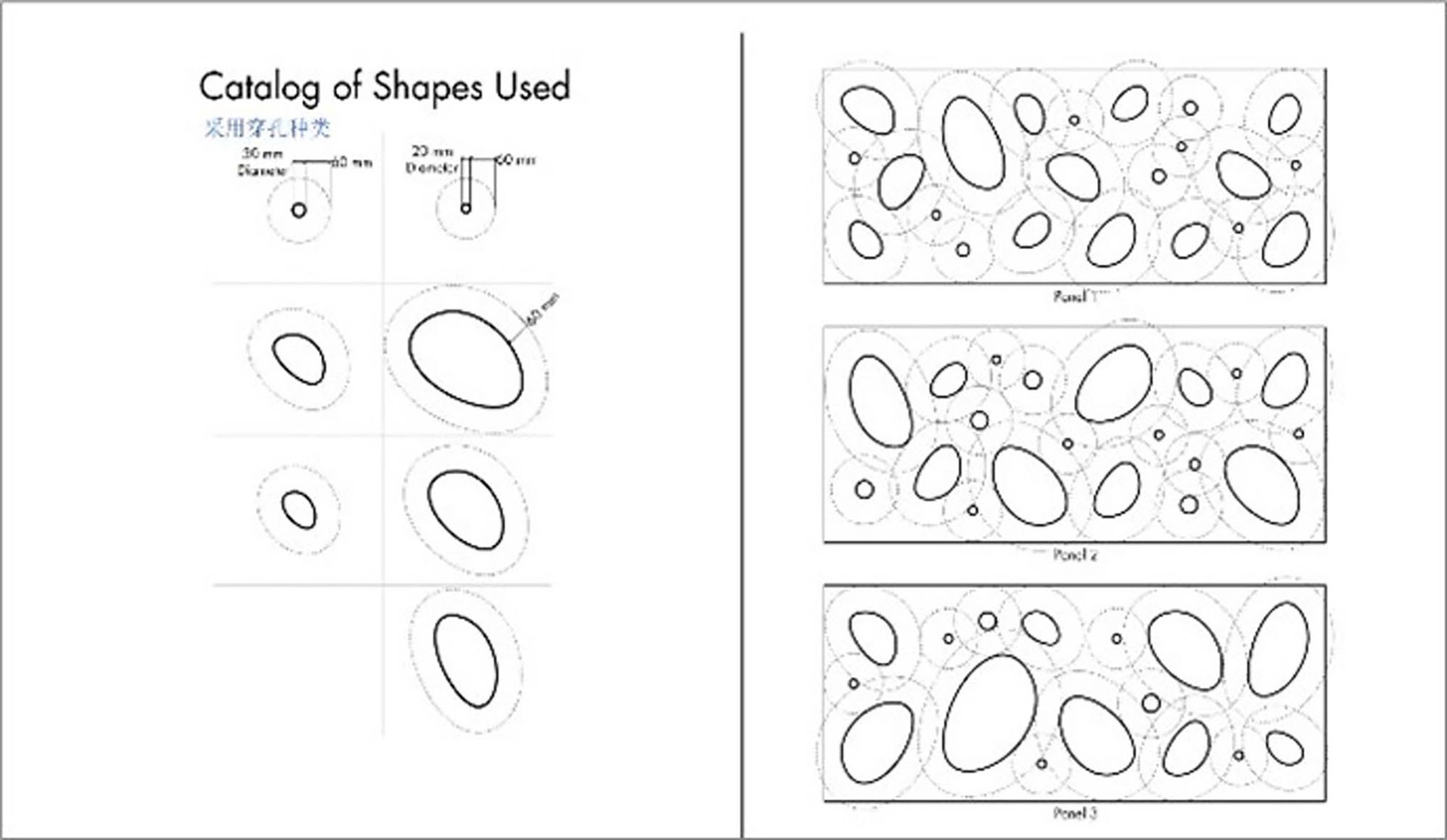
© Pelli Clarke & Partners, CSWADI

© Pelli Clarke & Partners, CSWADI
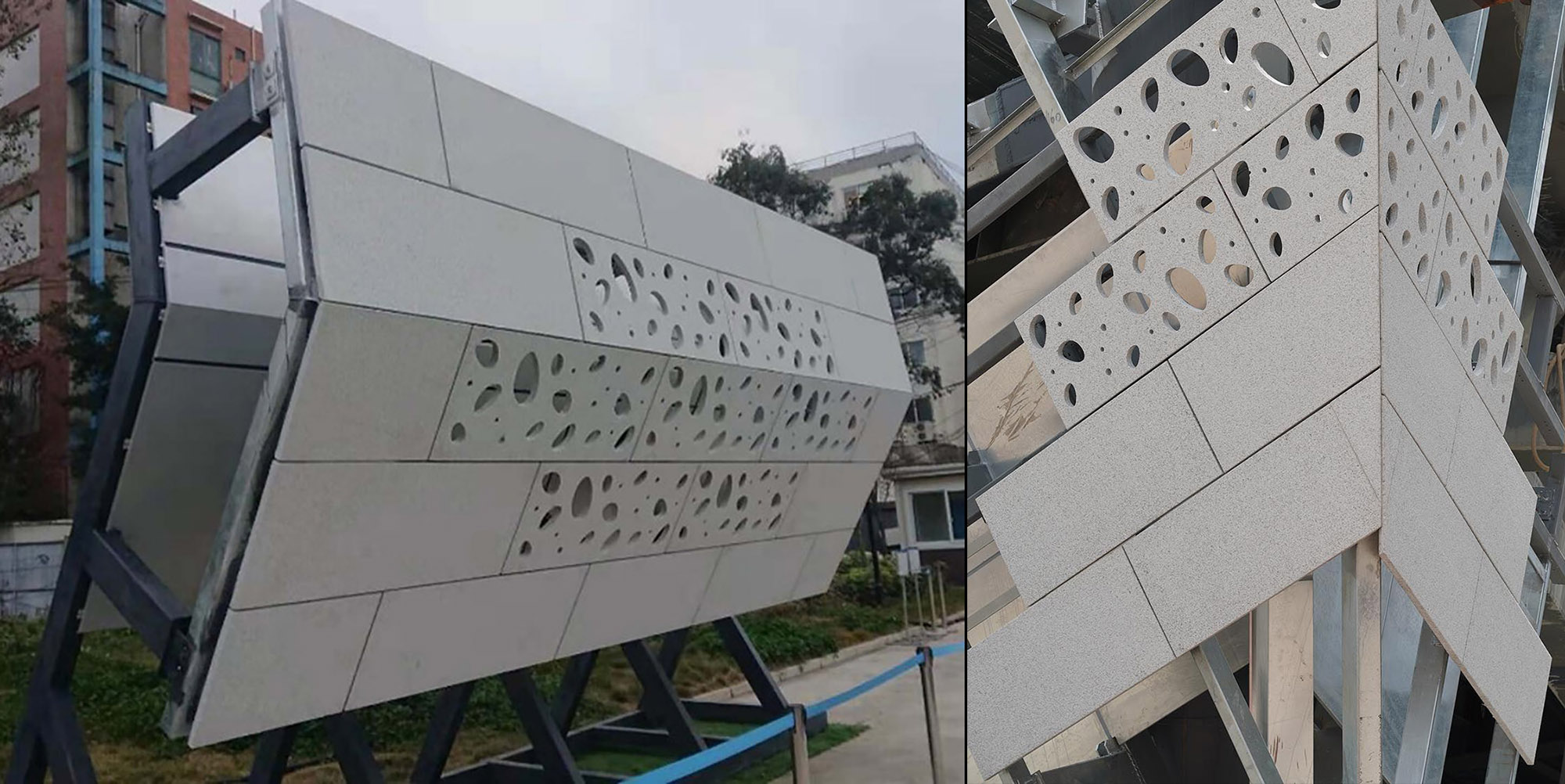 © Pelli Clarke & Partners, CSWADI
© Pelli Clarke & Partners, CSWADIProject: Chengdu Natural History Museum
Location: Ahengdu, China
Architects: Pelli Clarke & Partners, CSWADI
Area: 50520 m²
Year: 2022
Photographs: Zhen Xin, Arch-Exist Photography, CDCI, Xiaobin Lv, CSWADI
Manufacturers: CSG HOLDING
Location: Ahengdu, China
Architects: Pelli Clarke & Partners, CSWADI
Area: 50520 m²
Year: 2022
Photographs: Zhen Xin, Arch-Exist Photography, CDCI, Xiaobin Lv, CSWADI
Manufacturers: CSG HOLDING
The Chengdu Natural History Museum is a preeminent institution for science and culture, welcoming visitors from around the world with expansive exhibits, public spaces, shops, a café, a cinema, state-of-the-art educational facilities, and a verdant landscape that invites gathering and connection. Recently completed in 2022, the 540,000 sq. ft. (50,000 sq. m.) building is a significant cultural landmark for the city of Chengdu, which is in the midst of an economic boom as a new high-tech and entrepreneurial hub. The museum’s design presents a celebration of Chengdu’s historical legacy and modern ethos, transforming the city’s skyline and symbolizing its energy and innovative spirit. The project successfully synthesizes the historical culture and context of Chengdu as it delves into the soul of the local elements “Shu Mountain, Shu Road, Shu Water”.
Form / Tectonics / Shu Mountains
The building massing was inspired by the Sichuan mountain forms created by the shifting of ancient tectonic plates of the Chengdu region. The volumes reflect the rock breaking apart and shifting with the horizontal and vertical forces. The building forms lift from the ground at certain moments to reveal the public spaces within, at the same time maintaining firm anchor to the earth. The individual mountains, or rock volumes, are realized as distinct exhibit spaces, separated and held together by light-filled public spaces. The narrative of tectonic plates also influenced the selection of materials, in particular the local granite of the exterior facade. The organically shaped and composed perforations in the stone were devised to create the impression of snow-covered mountains during the day, with LED backlighting reflecting the stars lit at night.
Experience / Shu Road
The second most significant inspiration was the mountain roads, the Shu Roads, a system of wood plank roads supported from the sides of cliffs. The Shu Road emerges as the Dino Box, connecting the second level to the third and similarly suspended from the sides of the stone volumes. It was designed to be experienced as an adventure—a sloping, interactive space connecting the second level to the third where visitors can walk amongst the dinosaurs positioned along the path and suspended from the ceiling.
The clefts between the rock forms are transparent and glassy, designed to encourage reflection, observation, and interaction. These in-between spaces are visual and physical connections between the exhibits, and likewise to the city, street, landscape, and the canal.
Water / Landscape/ Shu Water
The existing Dongfeng Canal on the eastern edge of the site is mirrored by a network of waterways and reflecting pools. Plant form, texture and color are woven together to create terraced gradients that graphically recall the geometries of the historical agricultural landscape and create unique experiences- Wetland Garden, Bamboo Garden, Water Lily Garden, and a Seasonal Plant Garden.
The interactive water drape at the north building volume is visible from the street. Building forms are reflected in the shallow pools at the north of the site.
Form / Tectonics / Shu Mountains
The building massing was inspired by the Sichuan mountain forms created by the shifting of ancient tectonic plates of the Chengdu region. The volumes reflect the rock breaking apart and shifting with the horizontal and vertical forces. The building forms lift from the ground at certain moments to reveal the public spaces within, at the same time maintaining firm anchor to the earth. The individual mountains, or rock volumes, are realized as distinct exhibit spaces, separated and held together by light-filled public spaces. The narrative of tectonic plates also influenced the selection of materials, in particular the local granite of the exterior facade. The organically shaped and composed perforations in the stone were devised to create the impression of snow-covered mountains during the day, with LED backlighting reflecting the stars lit at night.
Experience / Shu Road
The second most significant inspiration was the mountain roads, the Shu Roads, a system of wood plank roads supported from the sides of cliffs. The Shu Road emerges as the Dino Box, connecting the second level to the third and similarly suspended from the sides of the stone volumes. It was designed to be experienced as an adventure—a sloping, interactive space connecting the second level to the third where visitors can walk amongst the dinosaurs positioned along the path and suspended from the ceiling.
The clefts between the rock forms are transparent and glassy, designed to encourage reflection, observation, and interaction. These in-between spaces are visual and physical connections between the exhibits, and likewise to the city, street, landscape, and the canal.
Water / Landscape/ Shu Water
The existing Dongfeng Canal on the eastern edge of the site is mirrored by a network of waterways and reflecting pools. Plant form, texture and color are woven together to create terraced gradients that graphically recall the geometries of the historical agricultural landscape and create unique experiences- Wetland Garden, Bamboo Garden, Water Lily Garden, and a Seasonal Plant Garden.
The interactive water drape at the north building volume is visible from the street. Building forms are reflected in the shallow pools at the north of the site.
Source: Pelli Clarke & Partners, CSWADI
m i l i m e t d e s i g n – w h e r e t h e c o n v e r g e n c e o f u n i q u e c r e a t i v e s
m i l i m e t d e s i g n – w h e r e t h e c o n v e r g e n c e o f u n i q u e c r e a t i v e s
Since 2009. Copyright © 2023 Milimetdesign. All rights reserved. Contact: milimetdesign@milimet.com














